
I had long wanted to visit Villa Epecuén, the ruins of the former popular tourist village in the west of Buenos Aires province in Argentina that met a tragic end succumbing to the rain on 10 November 1985 when the embankment gave way and the water completely covered the village.
A powerful southeast storm in the days following the heavy rains completed the work of destruction.

An immense flood destroyed the dream of so many tourists who took advantage of the immense natural fresh water pools to spend their holidays....
Today only ruins of that past splendour remain.
It had been inaugurated in 1821 when tourism was beginning to become popular in Argentina and, at the beginning, it was the favourite destination of wealthy families. Then, little by little, families of modest means also began to join in.
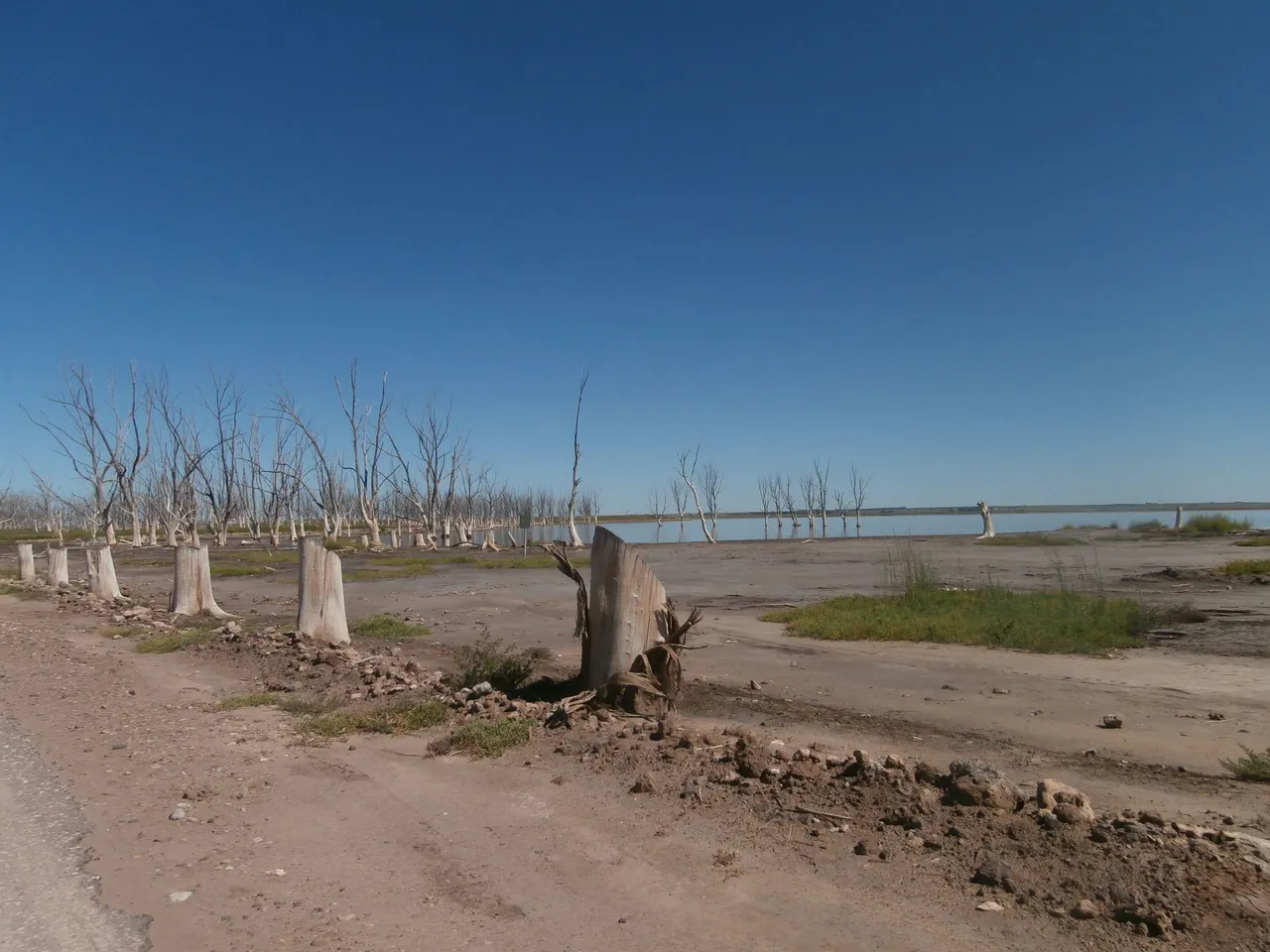
At the beginning of the 20th century, the arrival of the railway gave it an even greater boost. It was its golden age. Trains full of tourists had an obligatory stop in Villa Epecuén, where hundreds of tourists got off.
In its heyday it was said that its waters had healing powers, although in fact the lagoon that had these properties was the neighbouring lagoon of Carhué, with a high salt content that favoured the cure of bone and rheumatic diseases.
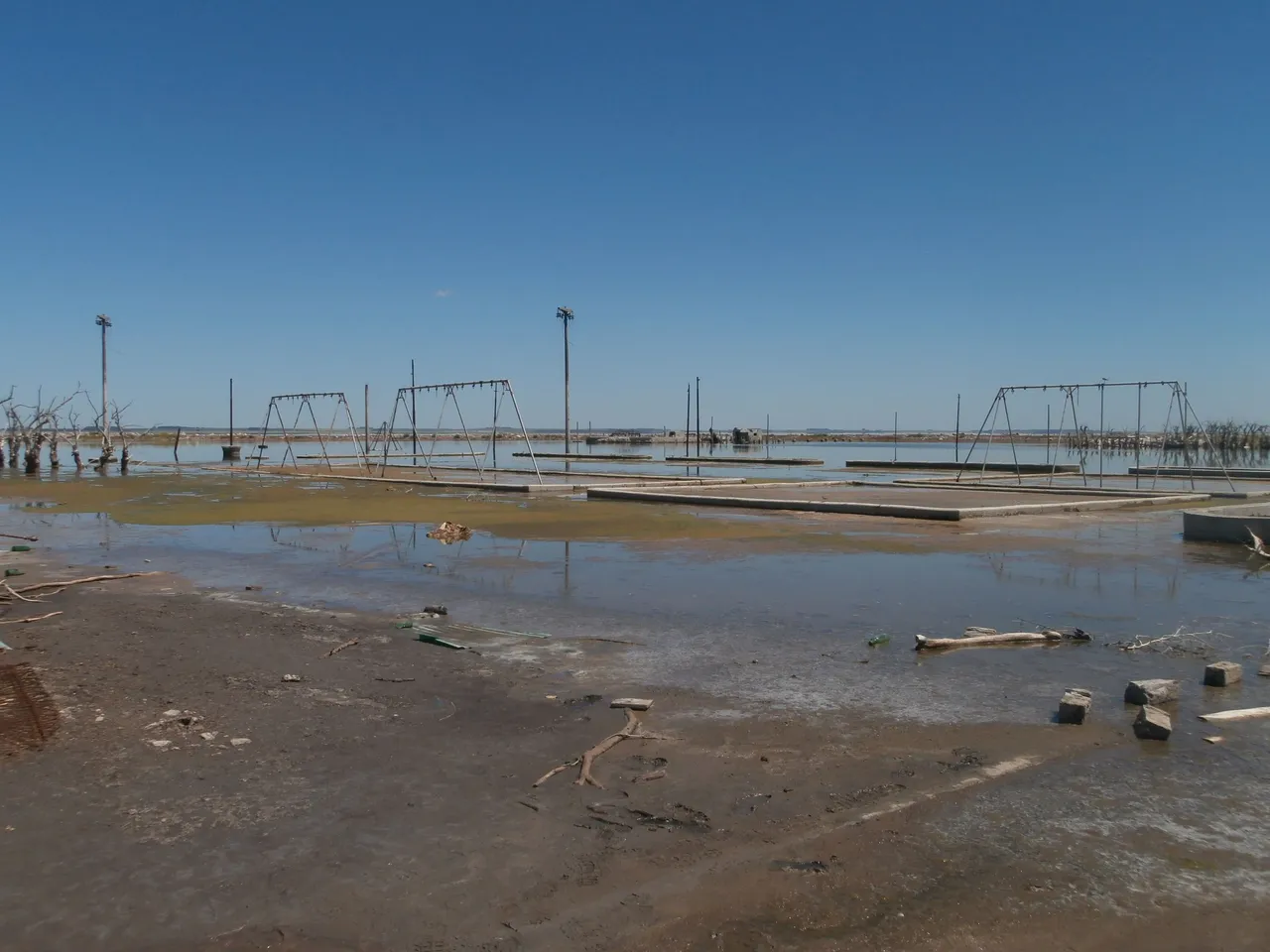
It actually took several years for the mud from the lagoon to be recognised by the World Health Organisation (WHO) for its curative properties.
It had everything: family hotels and luxury hotels, restaurants for all budgets. With just 1,200 inhabitants, it was one of the main tourist centres in the region, with between 25,000 and 30,000 tourists arriving each summer season.
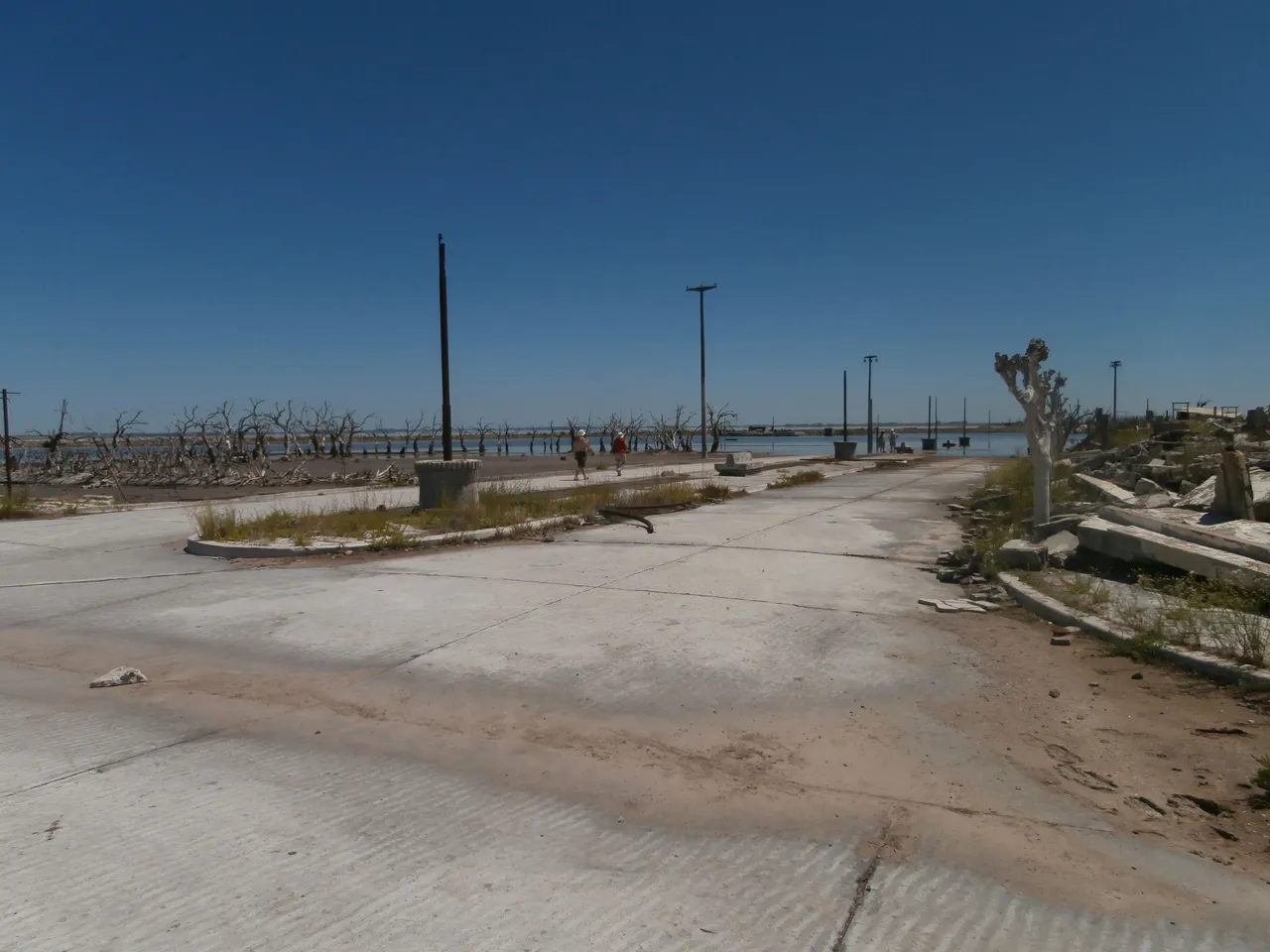
Remarkable numbers for the time, I am talking about the 1960s-1970s. It had 6,000 hotel beds (five times more than its inhabitants) and around 300 commercial exercises.
It even came to compete with the popular Mar del Plata, albeit on a smaller scale, and for less well-off families who could not spend too much money on holidays.
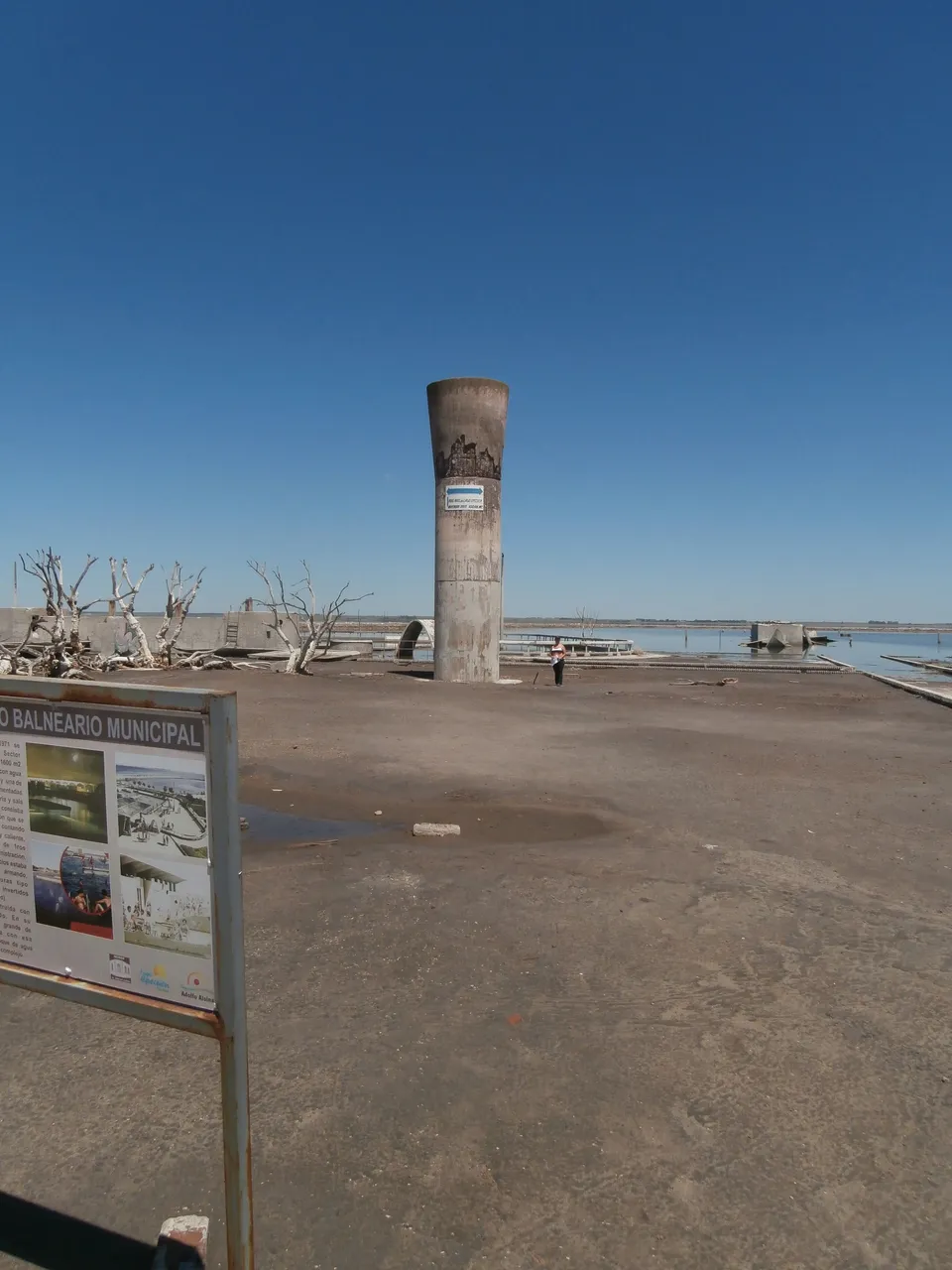
Practically at a time when business opening hours followed the traditional schedule, Epecuén kept all its shops open 24 hours a day.
In winter, of course, it was completely empty. It was only summer tourism. Some people, in boats, would go away from the shores of the lagoon and spend the day fishing.
There were always fears of flooding, as the village was almost at the same level as the lagoon. For this reason, waterworks to drain the lagoon were indispensable.
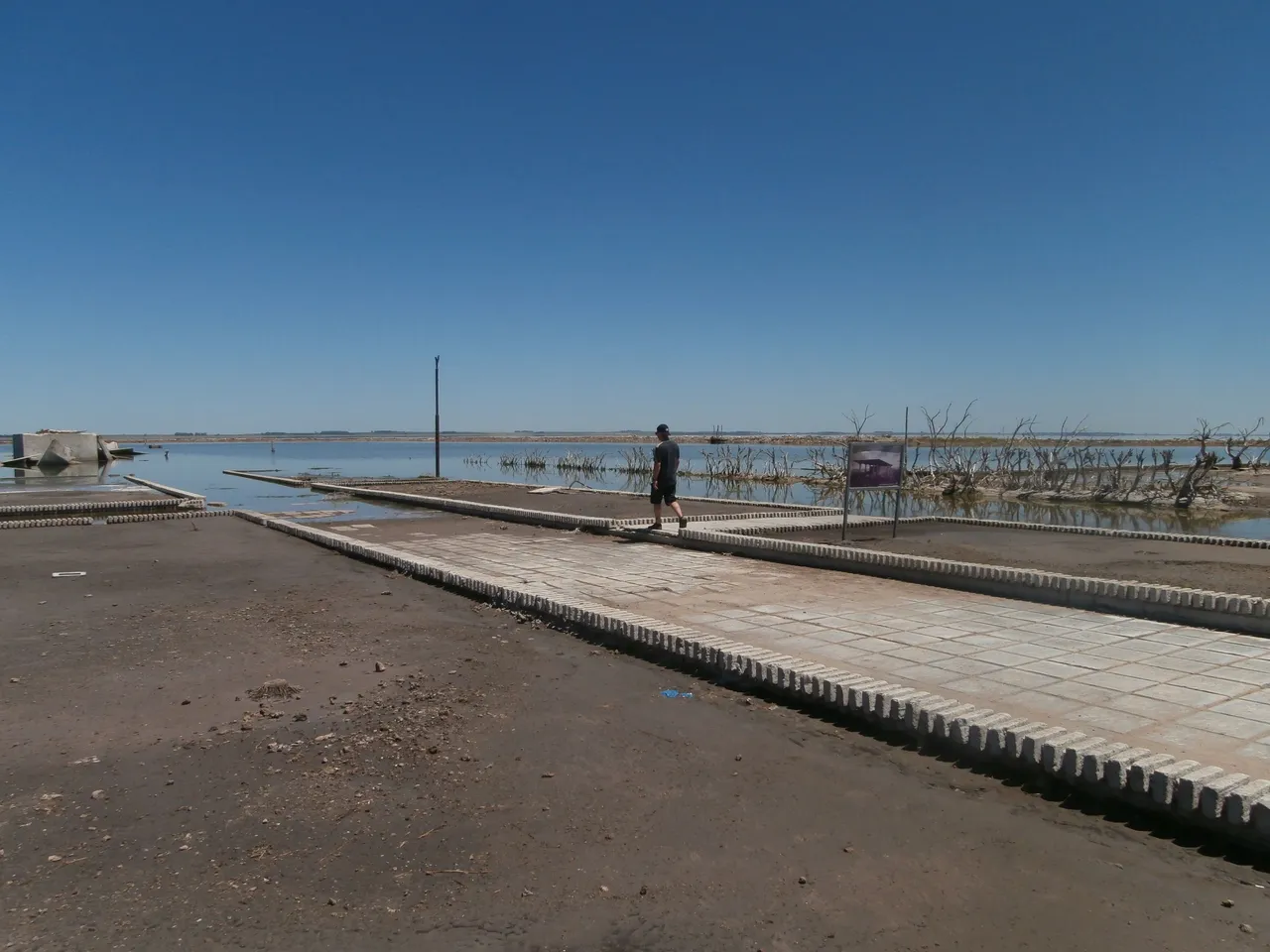
However, the military coup d'état in 1976 and the dictatorship that followed made it impossible to carry out the project. Those were hard years for Argentina in which the military junta was only concerned with repressing thoughts contrary to its ideology.
At the beginning of 1985 it rained in a few months the same amount as it normally rained in a year. The water gradually accumulated and the level of the lagoon began to rise. But what gave it the coup de grâce was the Sudestada of 10 November (a meteorological phenomenon characterised by intense rain with strong winds and waves that especially affects the Rio de la Plata).
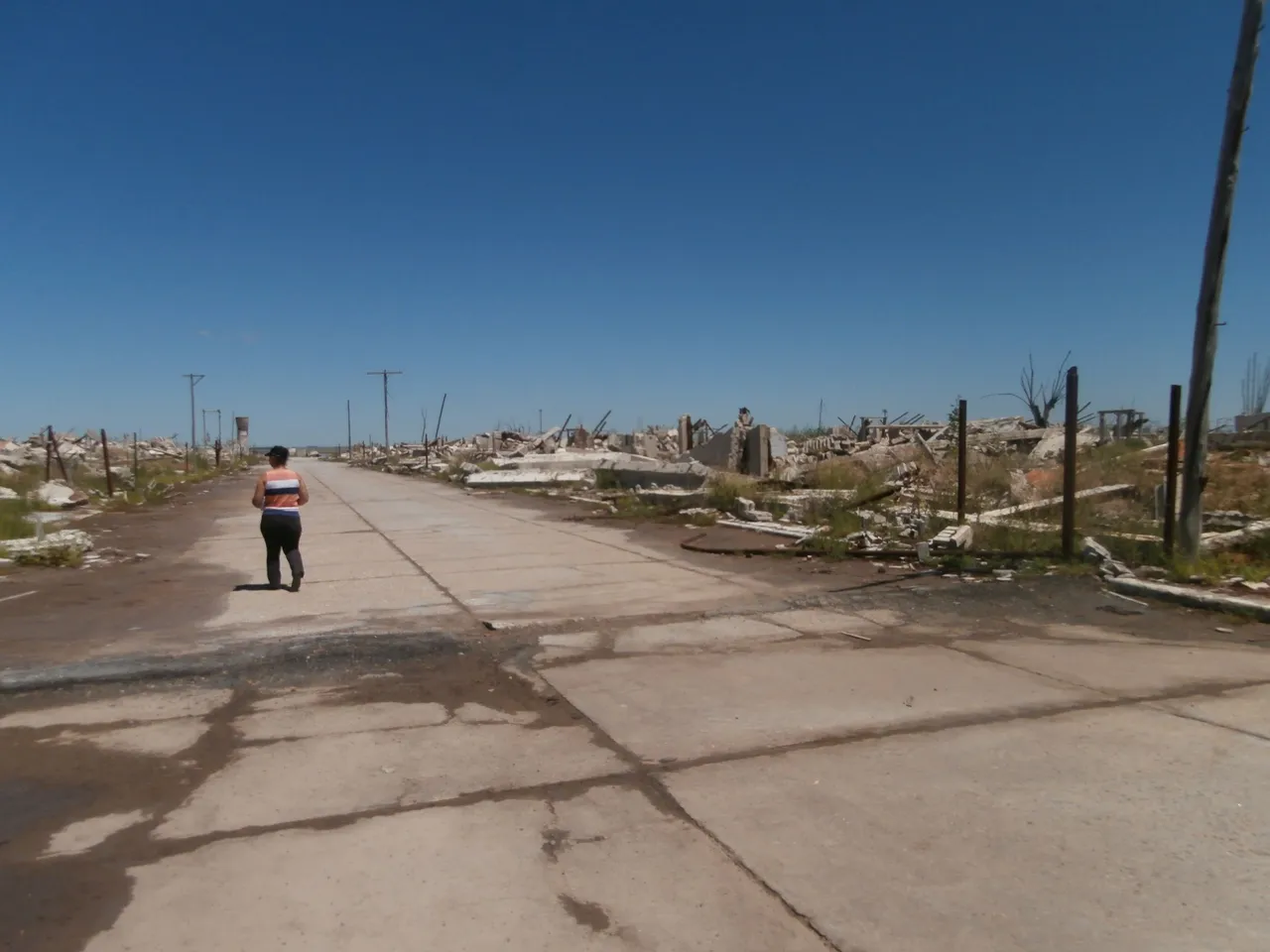
In a few hours the town was completely flooded and the general evacuation of the population began. Everyone took what they could.
The embankment gave way and the water began to enter the village, slowly and inexorably. The inhabitants began to cover doors and cracks where the water could pass through with sandbags, but the water was advancing. Within hours the hotels were covered with a metre of water.
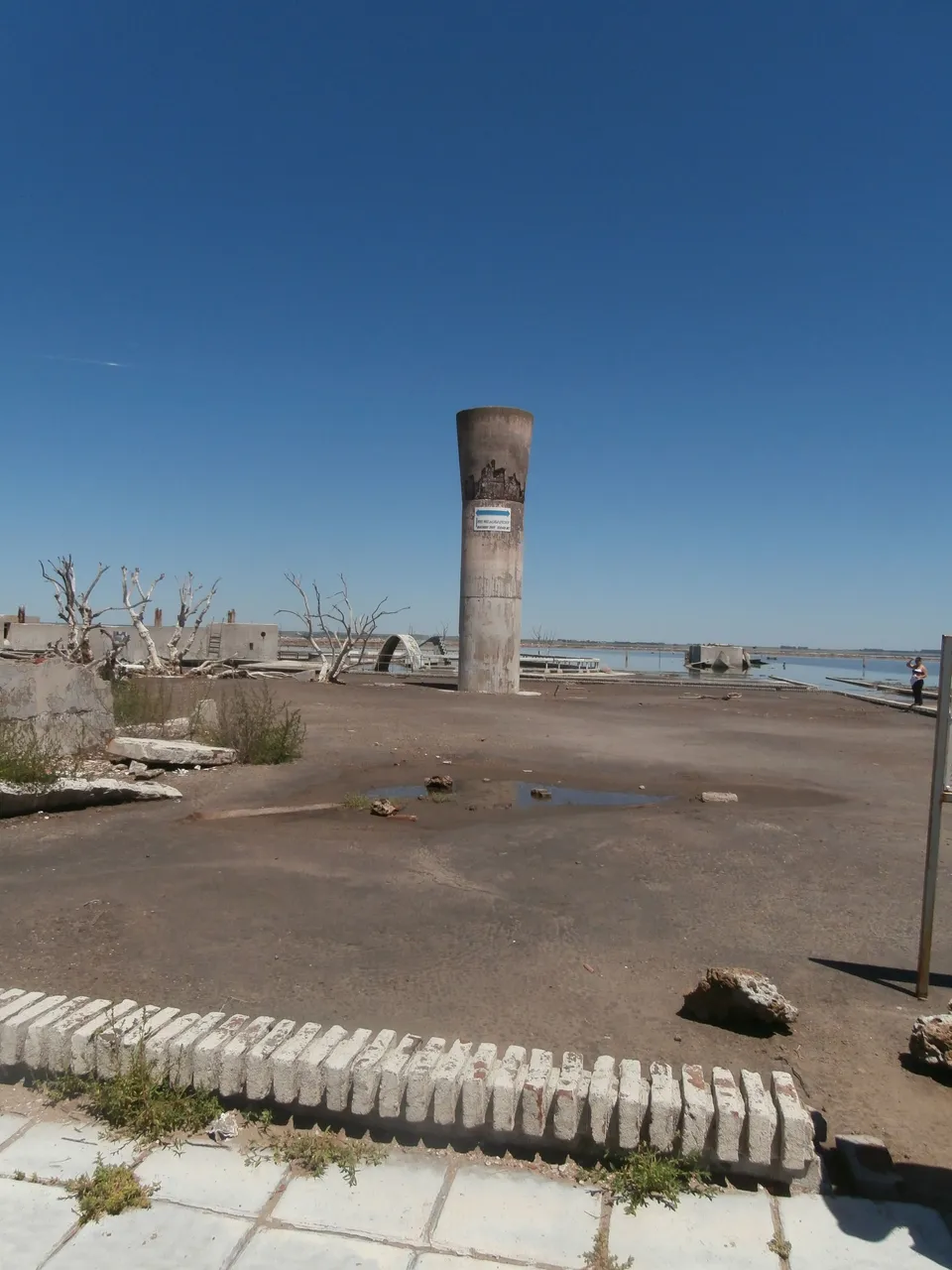
The underground water table in the lagoon broke and water began to seep to the surface. Despite the fact that there was no more rain, the water began to rise at a rate of one centimetre per hour.
People living in the higher parts of the village returned to their homes in the hope of getting back on their feet. But the water continued to advance, slowly and inexorably. Until it was time for them too to leave.
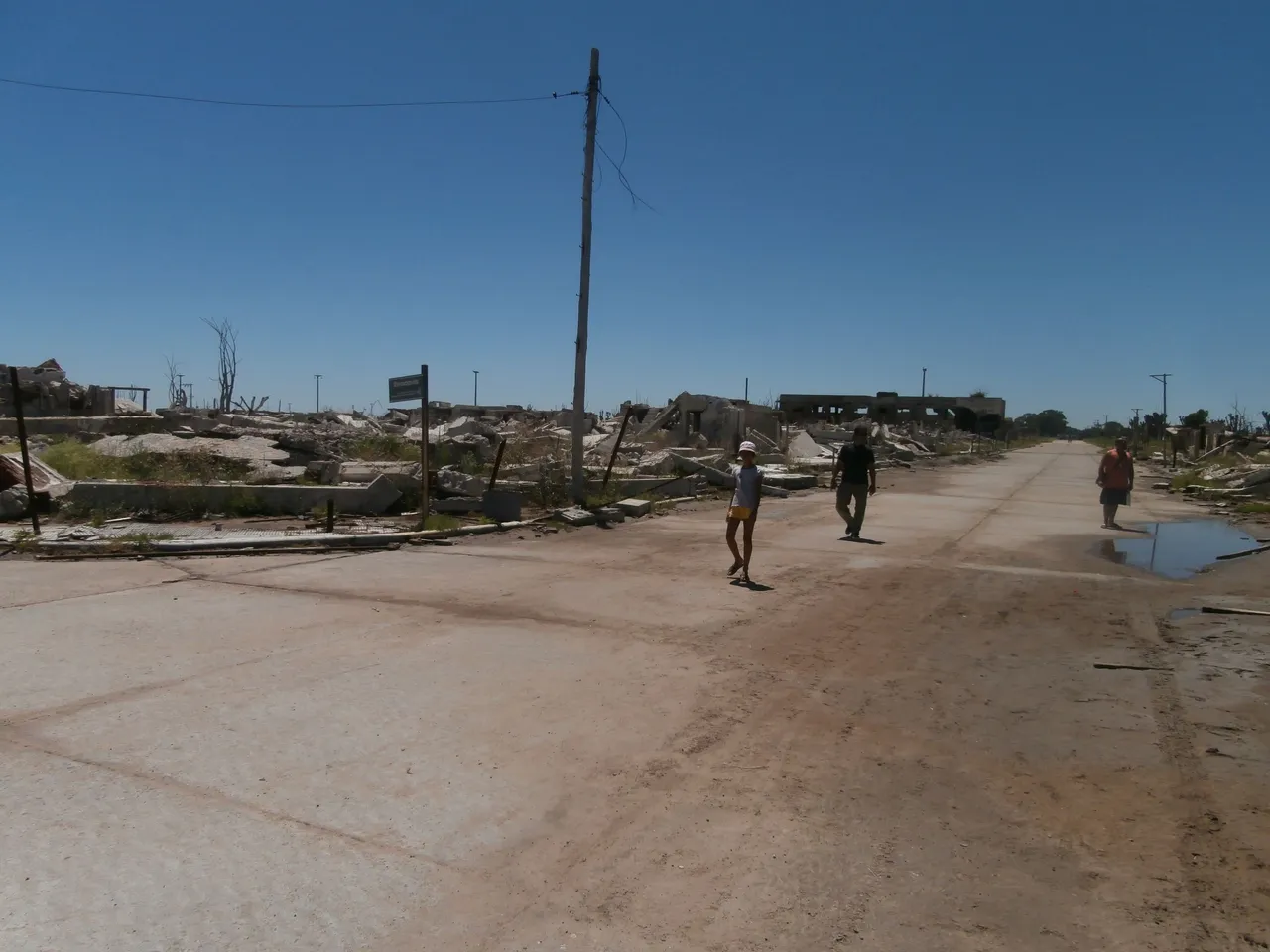
In less than a month, Villa Epecuén was transformed from a flourishing and lively tourist centre into a devastated place, a ghost town.
The glorious years of Villa Epecuén had been, after a few months, submerged under seven metres of water.
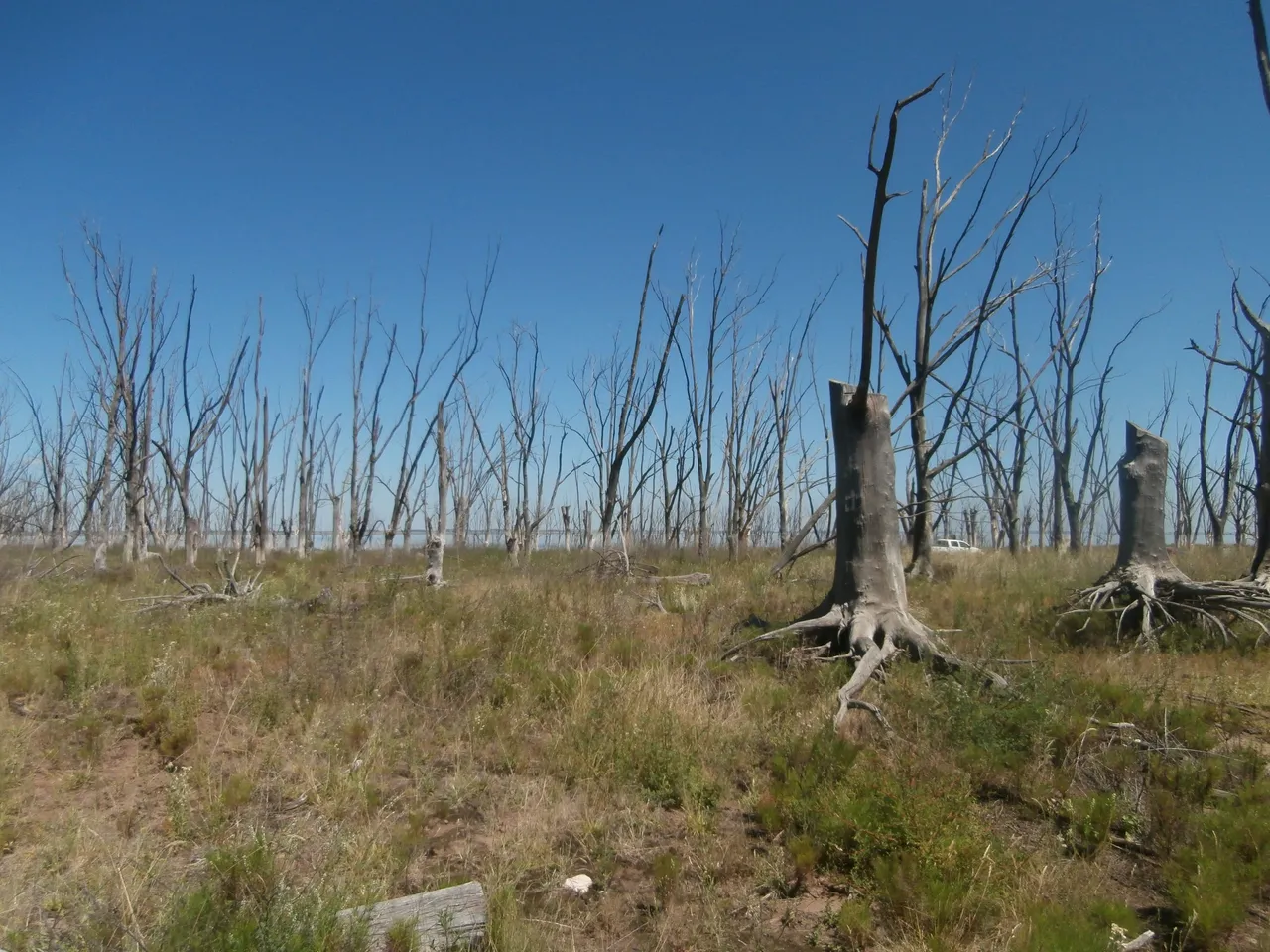
Twenty years after that tragic 1985, the water gradually began to recede and the former residents who had settled in Carhué and other neighbouring towns wanted to return, only to find a devastating, surreal landscape.
Their eyes could not get used to that tide of memories, of vestiges of a splendid past and of projects that could not be.
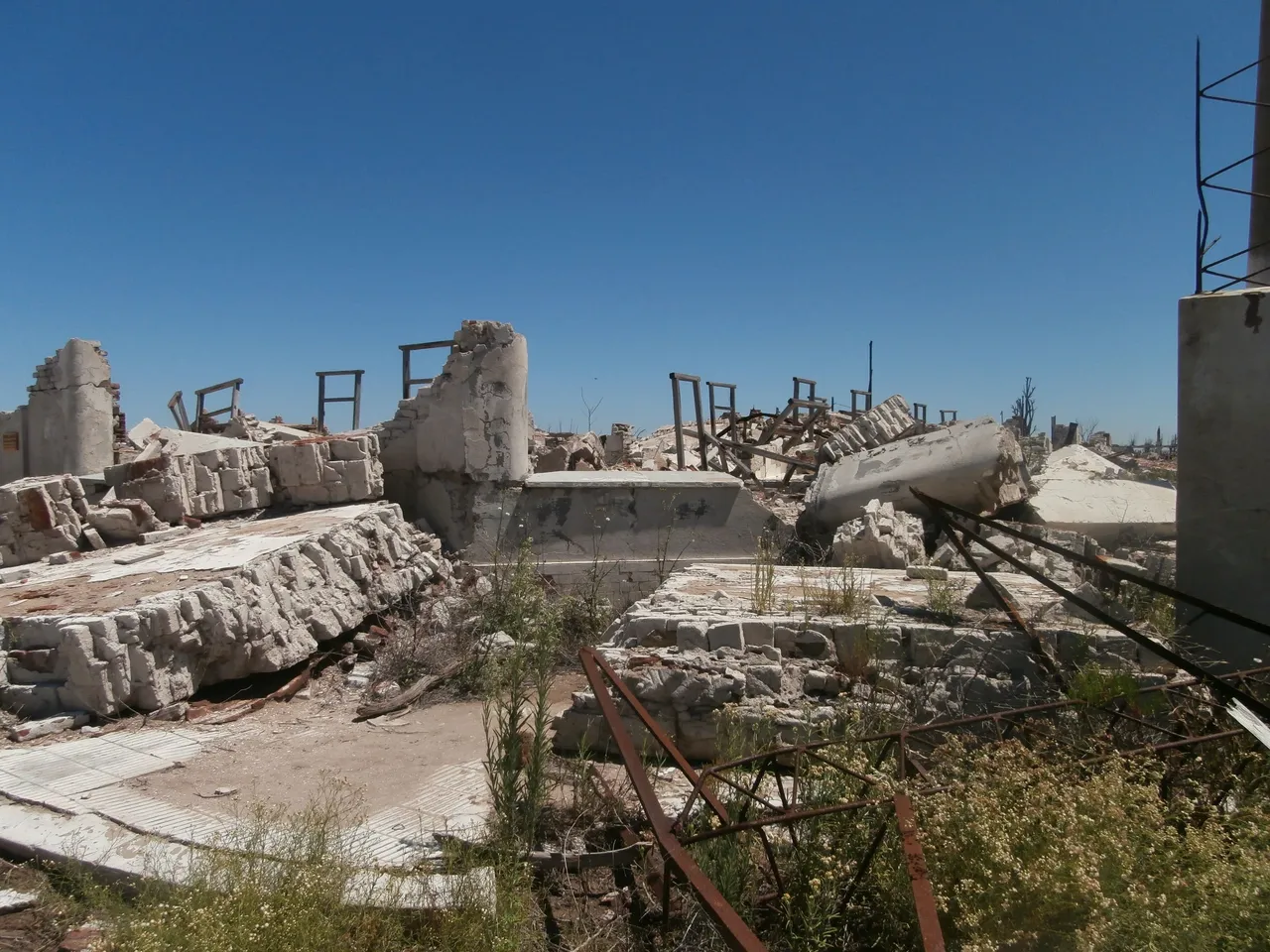
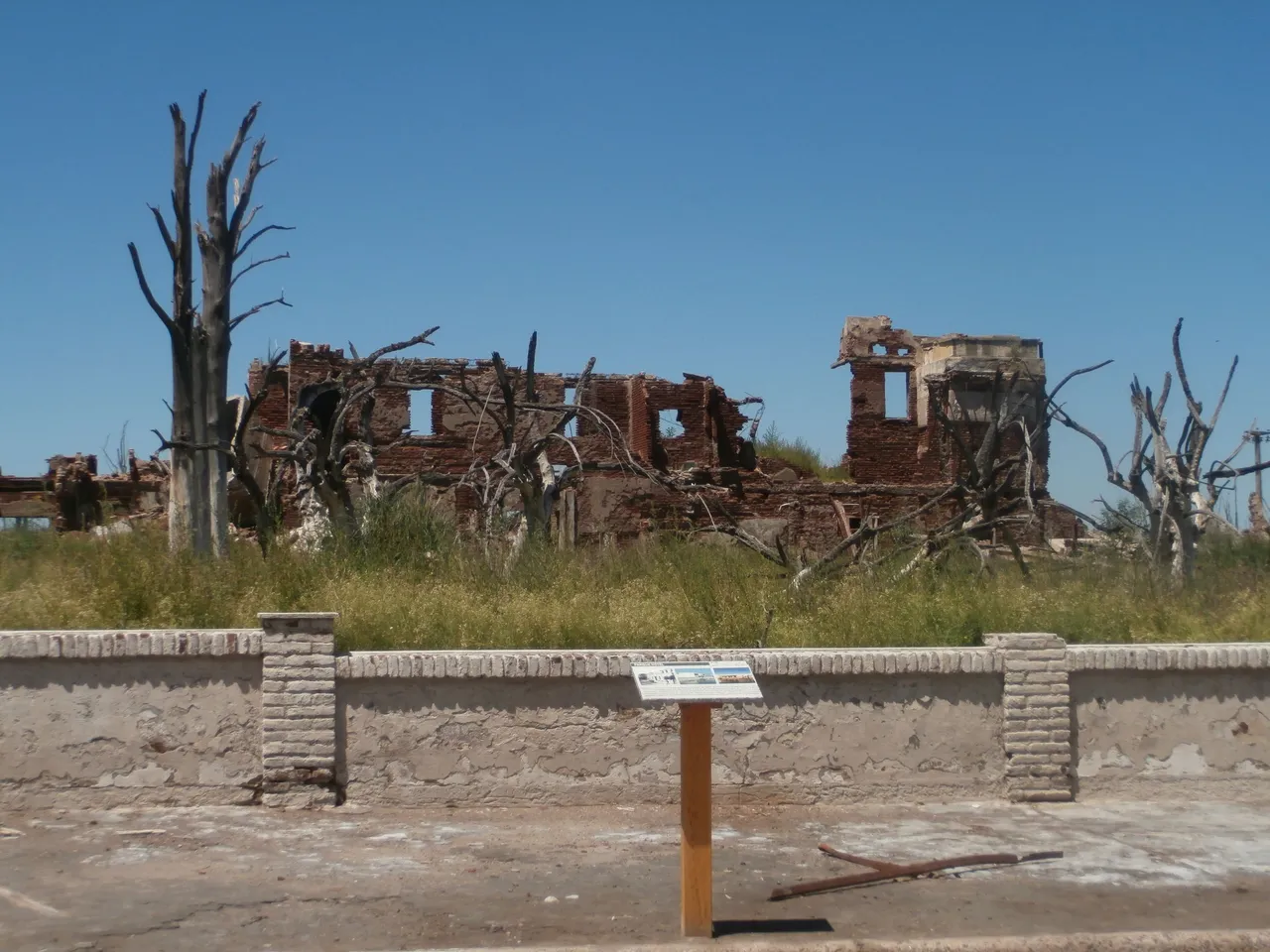 |  |
|---|---|
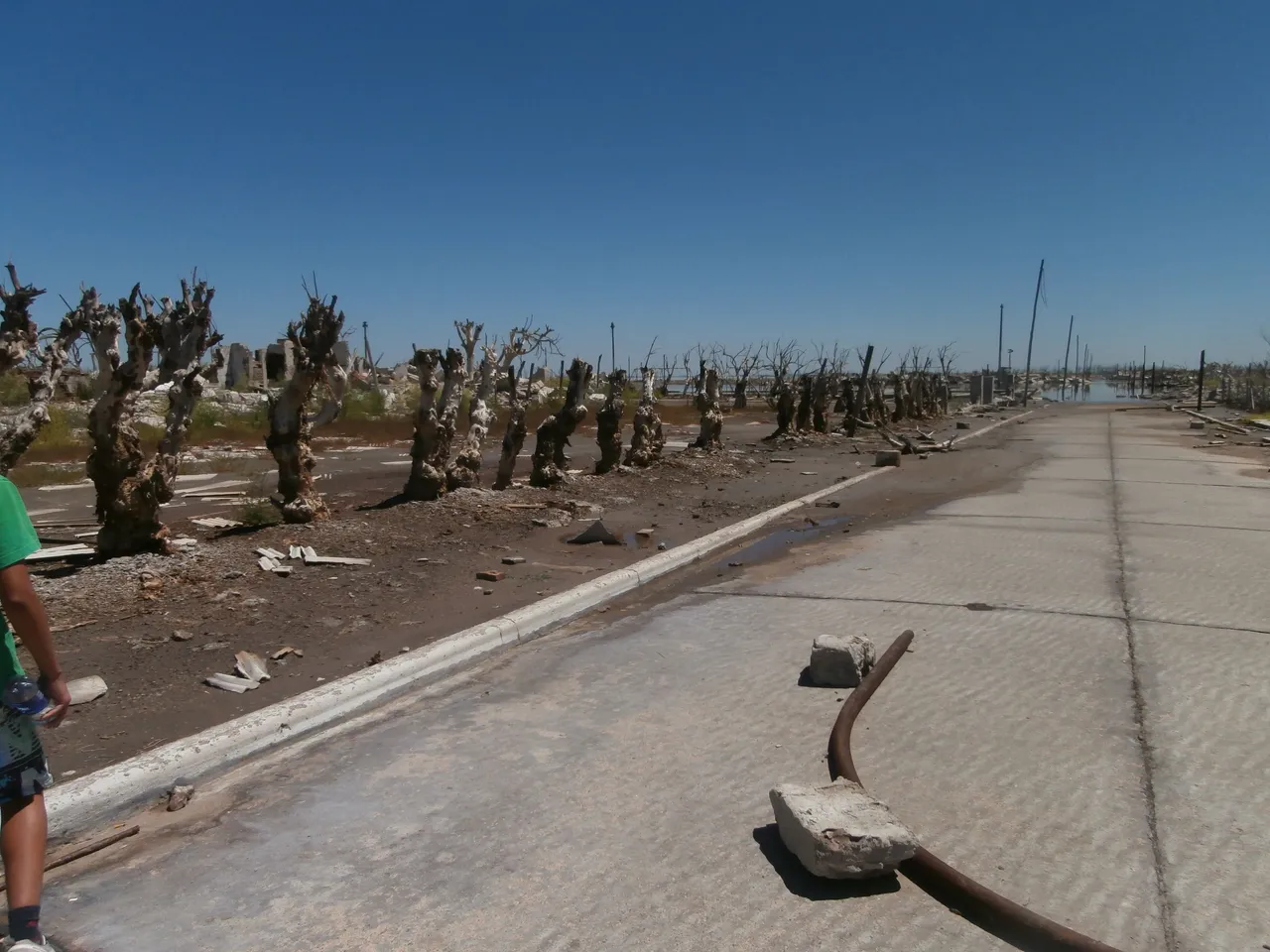 | 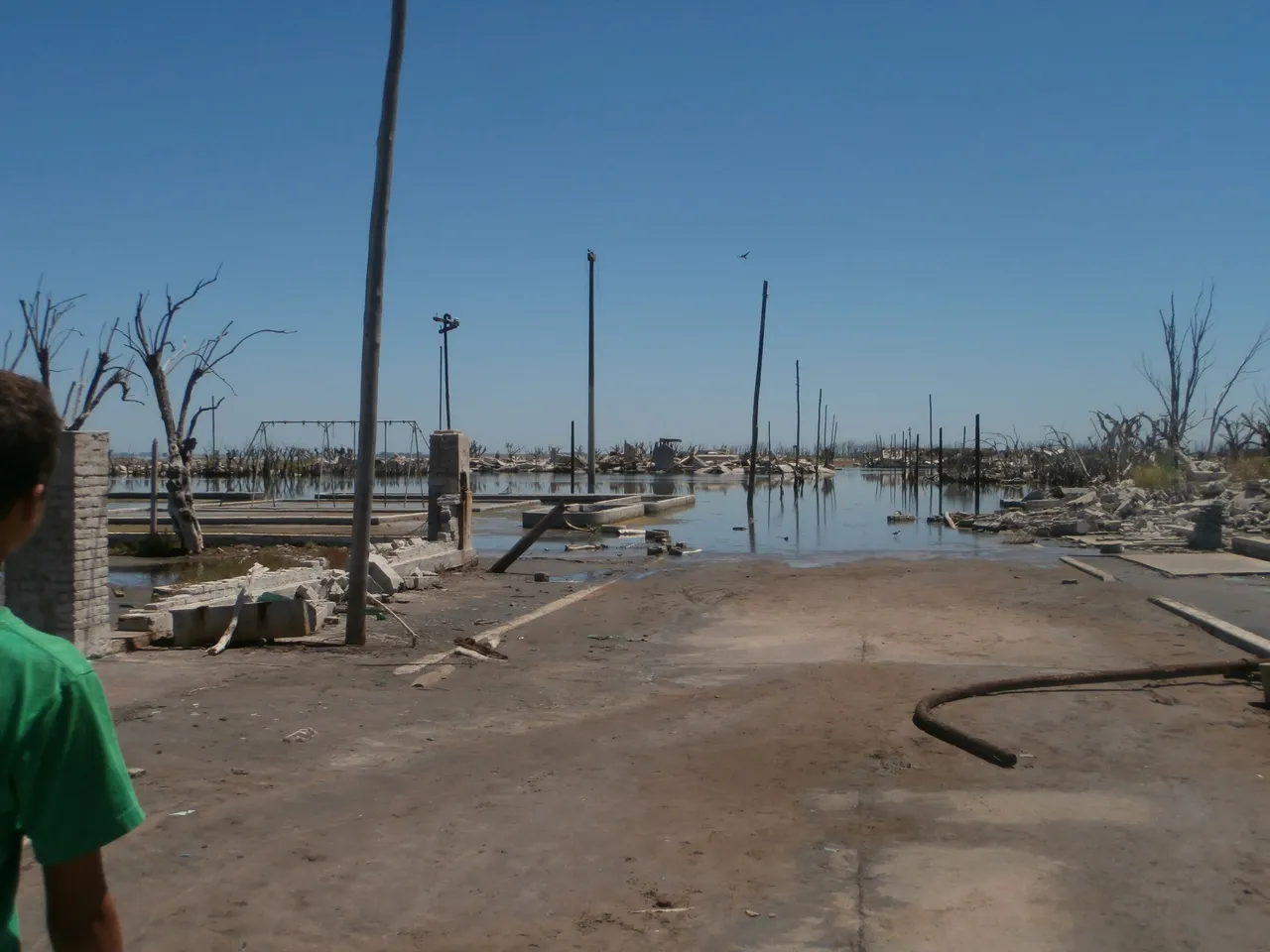 |

Desde hacía mucho tiempo que quería visitar Villa Epecuén, las ruinas del ex-popular pueblo turístico en el oeste de la provincia de Buenos Aires en Argentina que encontró un trágico final sucumbiendo bajo la lluvia el 10 de noviembre d 1985 cuando el terraplén de contención cedió y el agua cubrió completamente el pueblo.
Una potente sudestada en los días posteriores a las grandes lluvias completó la obra de destrucción.
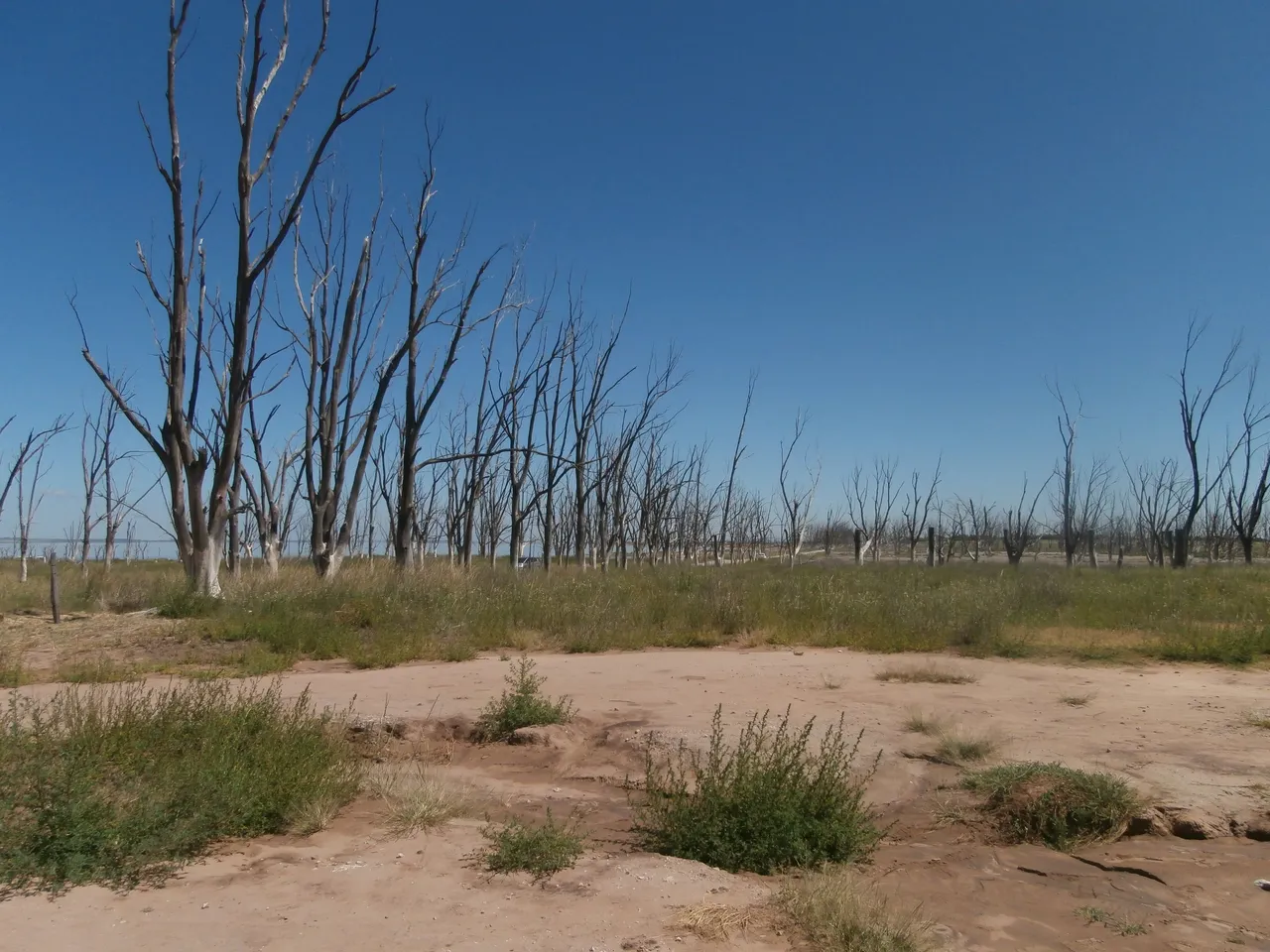
Una inmensa inundación destruyó el sueño de tantos turistas que aprovechaban las inmensas piletas naturales de agua dulce para pasar sus vacaciones..
Hoy solo quedan ruinas de ese esplendor pasado.

Había sido inaugurada en 1821 cuando el turismo comenzaba a popularizarse en Argentina y, en inicio, fue la meta preferida de las familias adineradas. Luego, poco a poco, también fueron integrándose las familias de pocos recursos.
A inicios del siglo XX la llegada del ferrocarril le dio un impulso todavía mayor. Era su época de oro. Los trenes llenos de turistas tenían en Villa Epecuén una parada obligatoria donde descendían centenares de turistas.
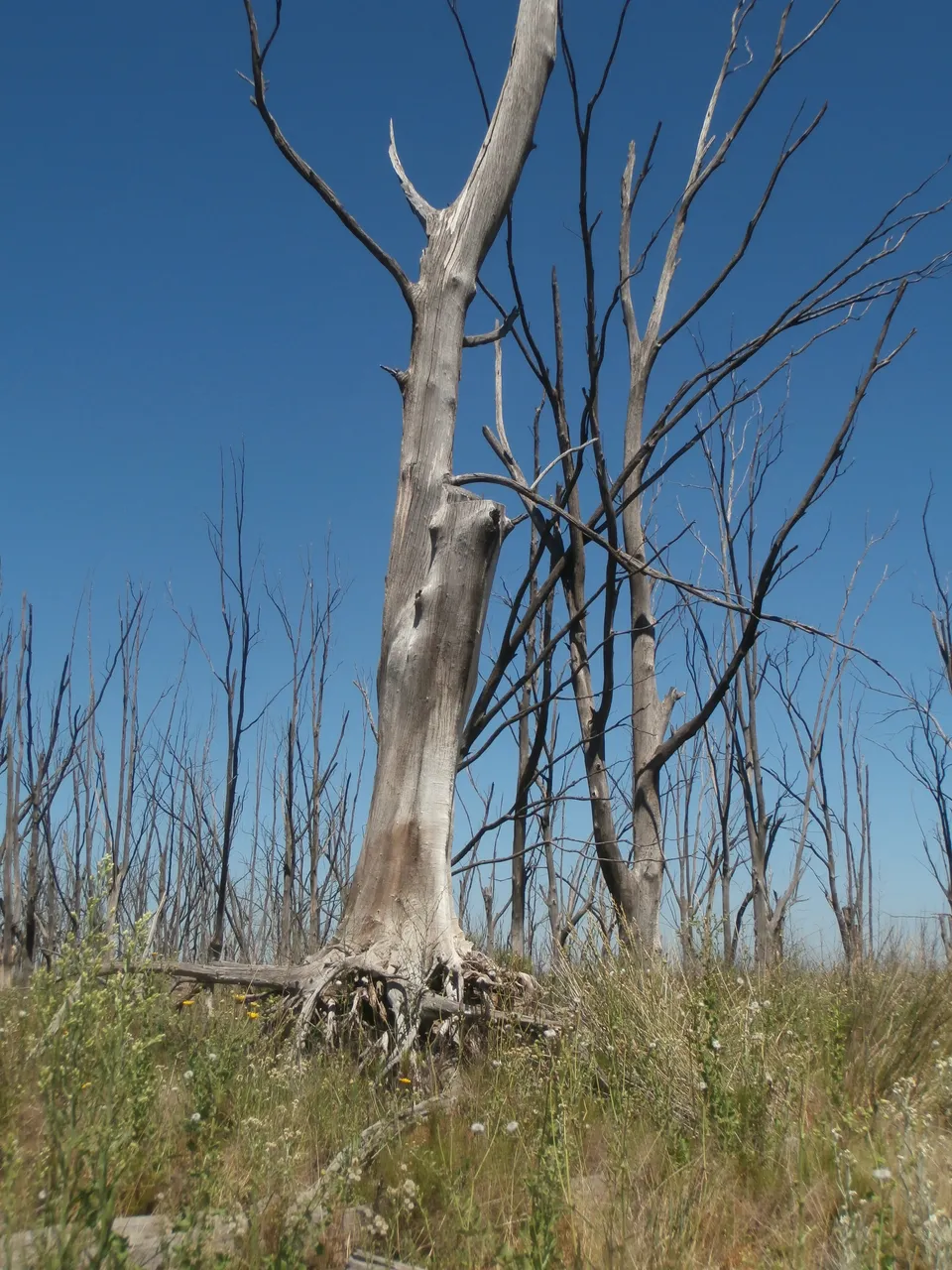
En su época de mayor esplendor se llegó a decir que sus aguas tenían poderes sanadores, aunque en realidad la laguna que tenía esas propiedades era la laguna vecina de Carhué, con un alto contenido de sal que favorecía la cura de enfermedades óseas y reumáticas.
En realidad pasaron varios años para que el lodo de la laguna, fuera reconocido por la Organización Mundial de la Salud (OMS) por algunas propiedades curativas.
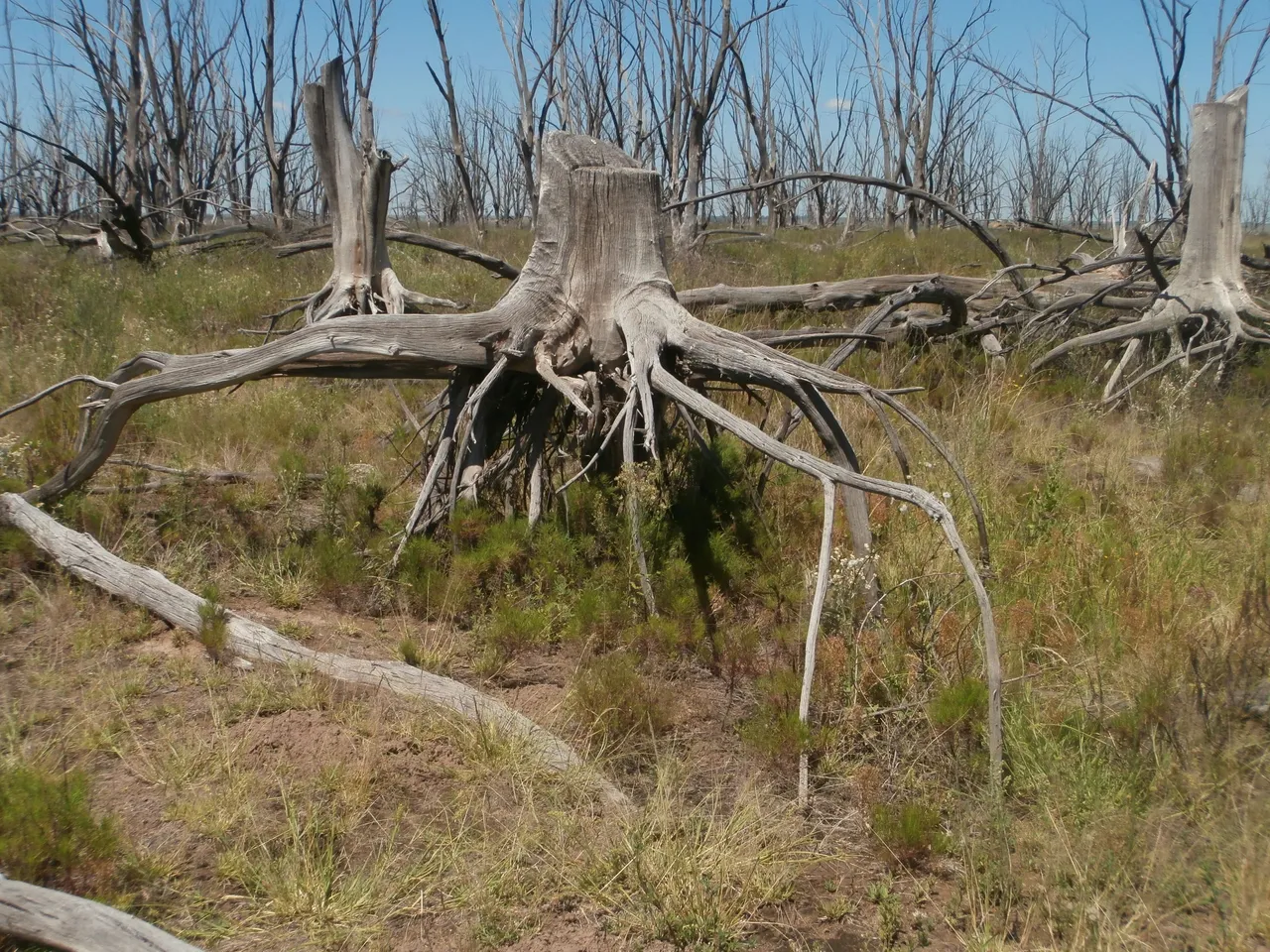
Tenía de todo: hoteles familiares y hoteles de lujo, restaurantes para todos los bolsillos. Con apenas 1.200 habitantes era uno de los principales centros turísticos de la región donde llegaban entre 25.000 y 30.000 turistas por temporada de verano.
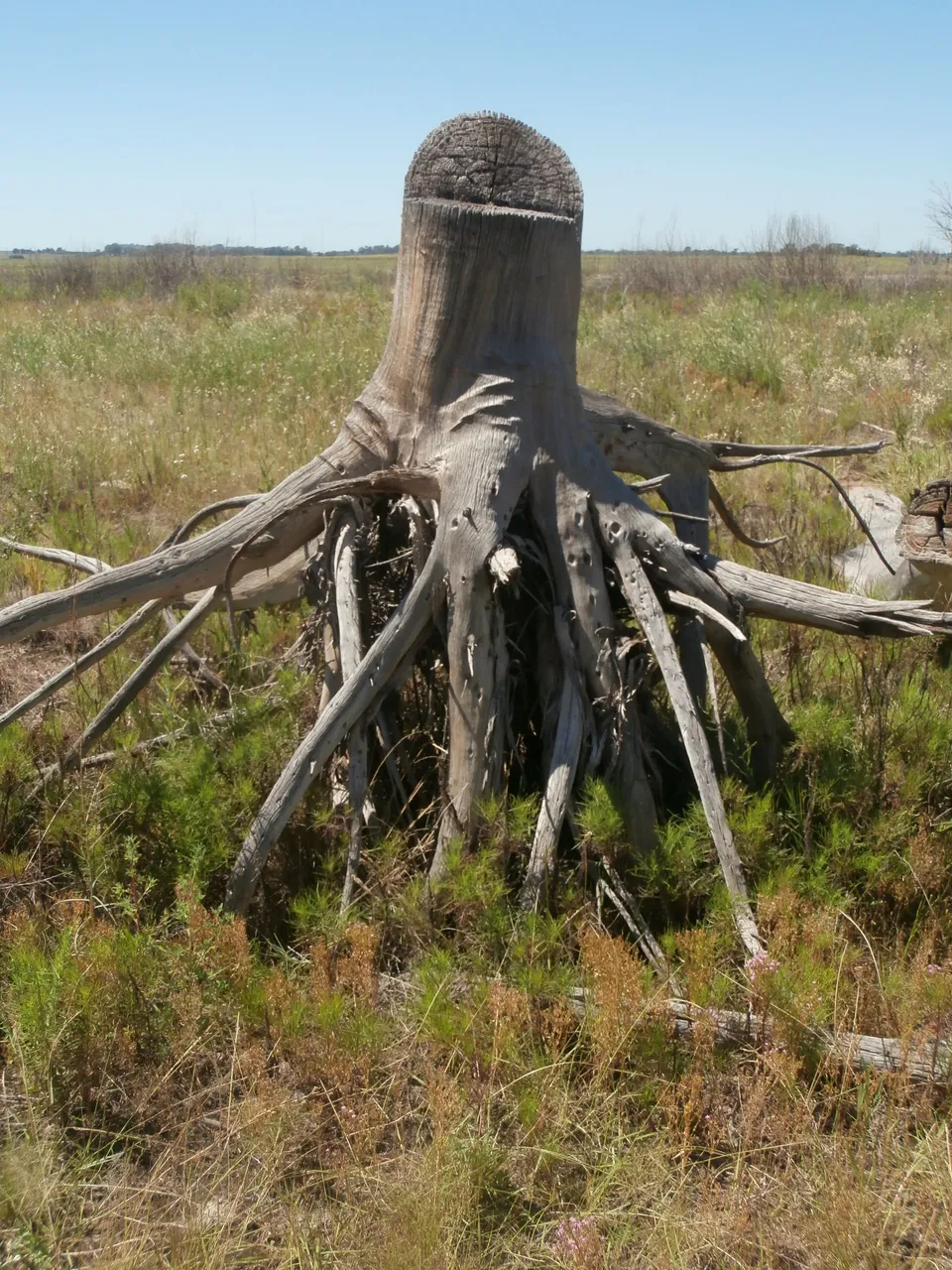
Números notables para la época, estoy hablando de la década 1960-1970. Tenía 6.000 plazas hoteleres (cinco veces más que sus habitantes) y alrededor de 300 ejercicios comerciales.
Llegó incluso a competir con la popular Mar del Plata, aunque a una escala menor, y para las familias menos pudientes que no podían gastar demasiado dinero en las vacaciones.
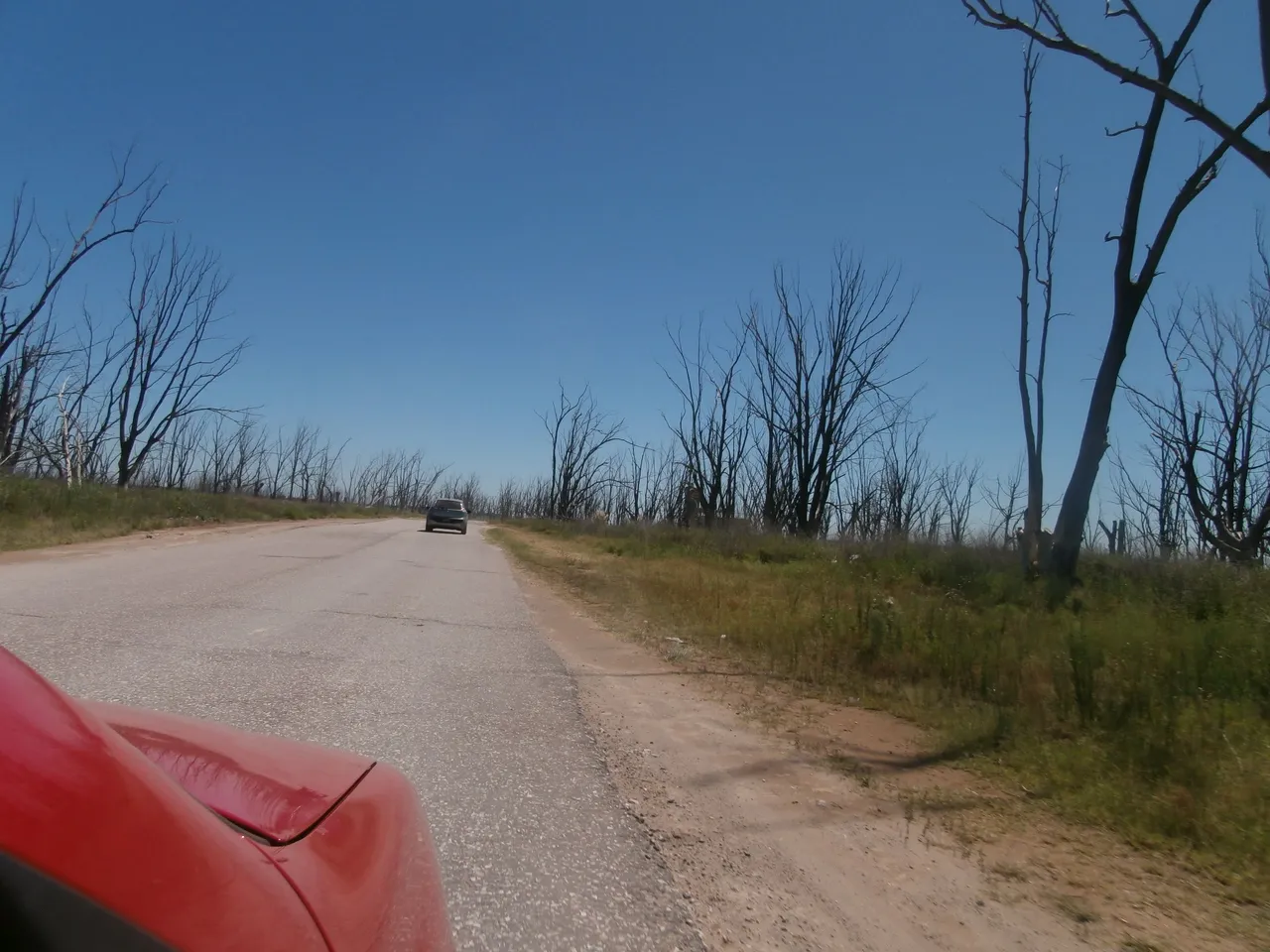
Prácticamente en una época en la cuál la apertura de los negocios seguía los horarios tradicionales Epecuén mantenía todos sus negocios abiertos las 24 horas del día.
De invierno, por supuesto, quedaba totalmente vacía. Era solo turismo de verano. Algunos, en botes, se alejaban de las costas de la laguna y aprovechaban para pasar el día pescando.
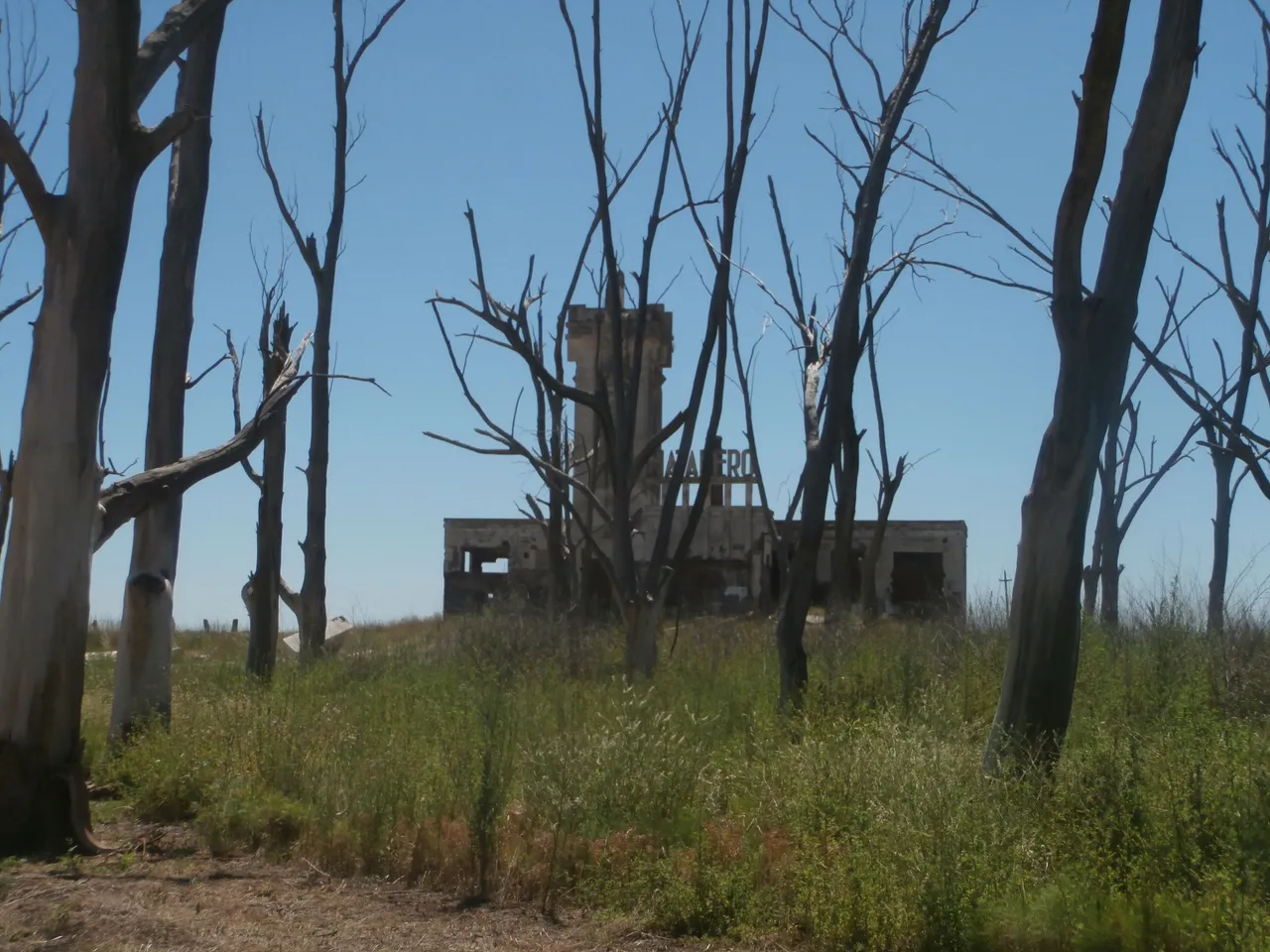
Siempre se temía por el peligro de una gran inundación ya que el pueblo se encontraba casi al mismo nivel de la laguna. Por ese motivo las obras hidráulicas para el desague eran imprencindibles.
Sin embargo el golpe militar de 1976 y la posterior dictadura anuló cualquier posibilidad de llevar adelante el proyecto. Eran años duros para Argentina en los cuáles la Junta Militar se preocupaba solo por reprimir pensamientos contrarios a su ideología.
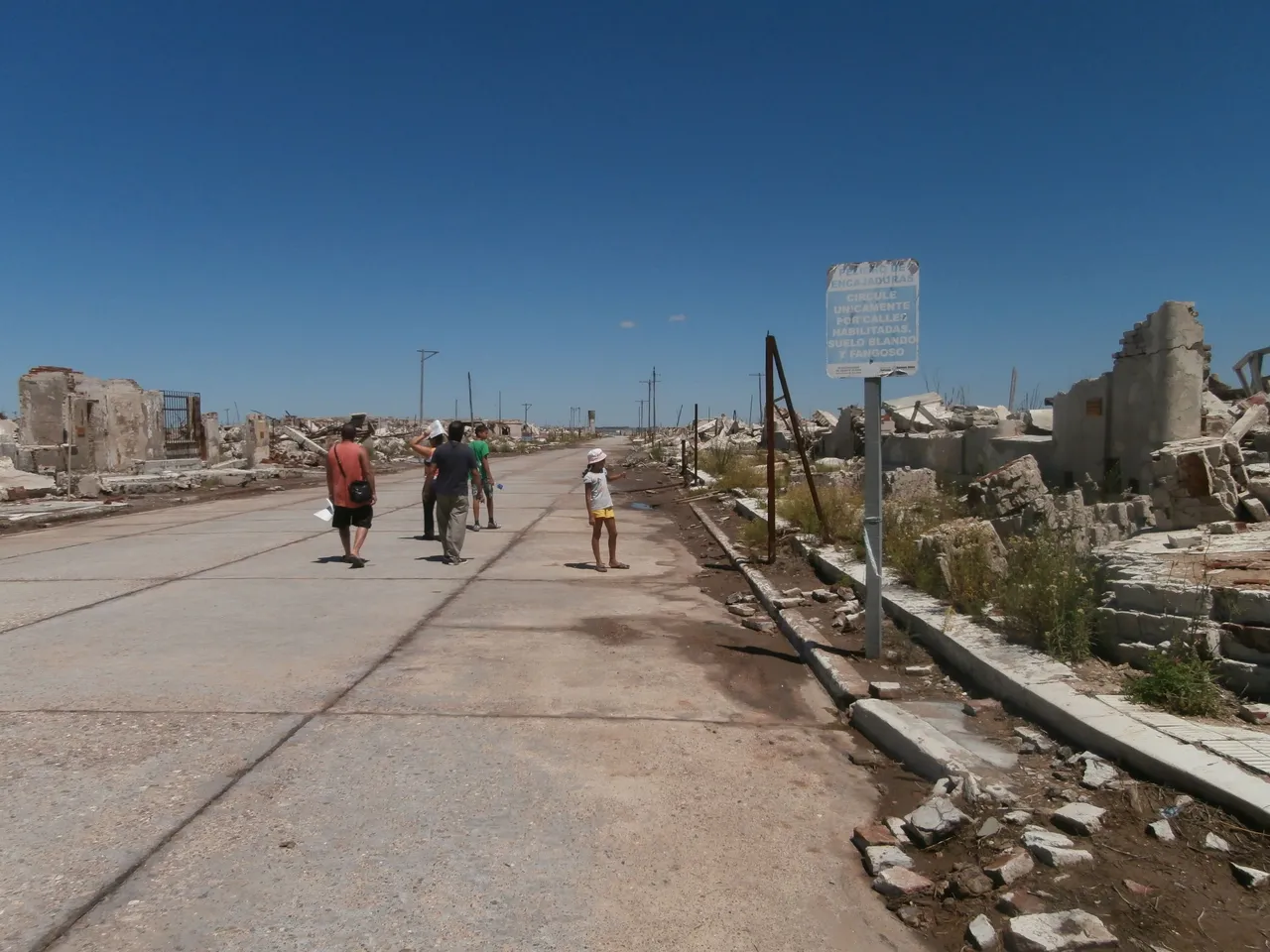
A inicios de 1985 llovió en pocos meses la misma cantidad que normalmente llovía en un año. El agua se fue de a poco acumulando y el nivel de la laguna comenzó a subir. Pero lo que le dio el golpe de gracia fue la sudestada del 10 de noviembre (fenómeno meteorológico caracterizado por una intensa lluvia con fuertes vientos y oleajes que afecta especialmente el Rio de la Plata).
En pocas horas el pueblo quedó totalmente inundado y comenzó la evacuación general de la población. Cada uno se llevaba lo que podía.
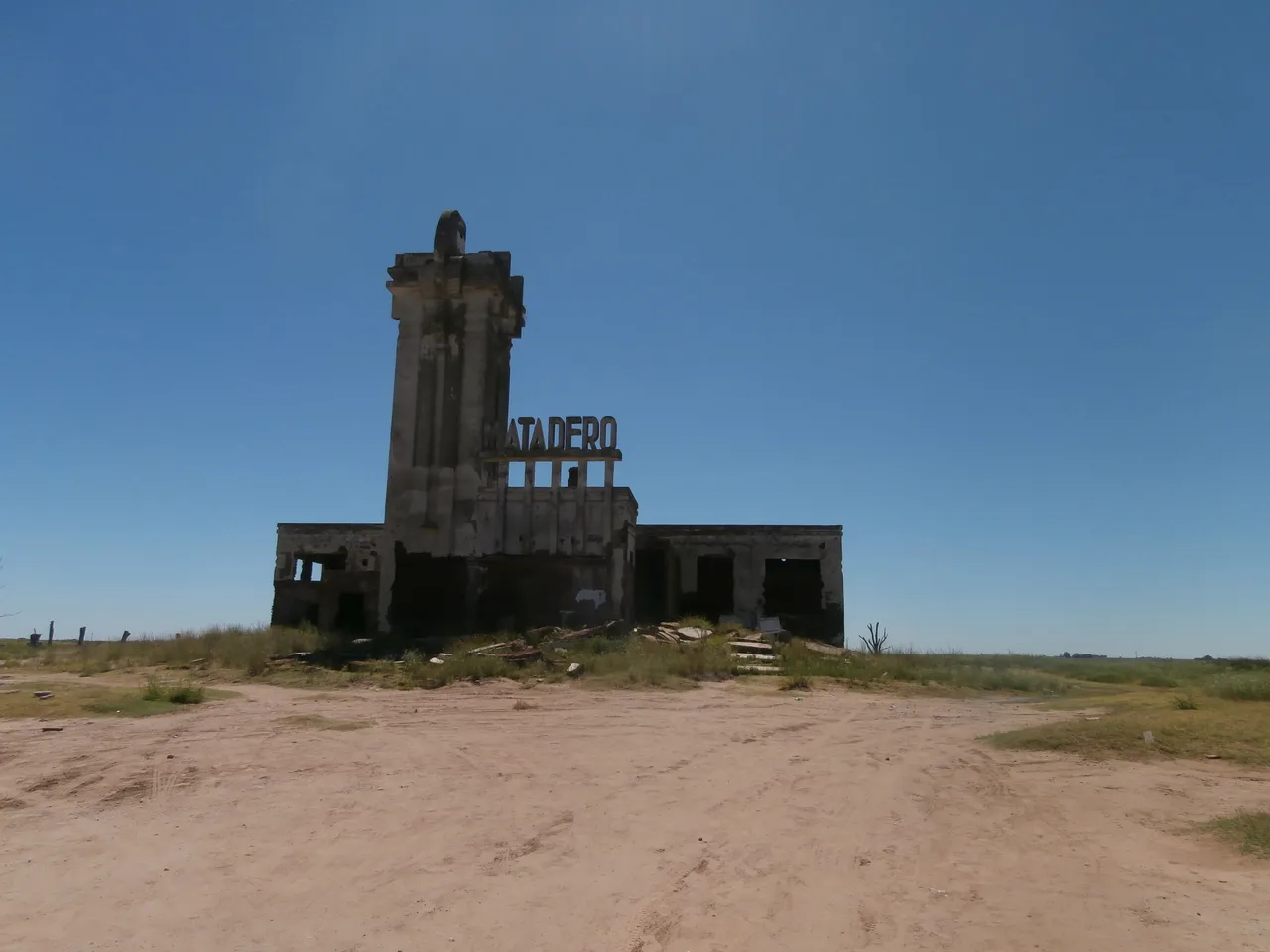
El terraplén cedió y el agua comenzó a entrar en el pueblo, lenta e inexorablemente. Los habitantes comenzaron a tapar puertas y hendijas por donde pudiera pasar el agua con bolsas de arena pero el agua avanzaba. A las pocas horas ya los hoteles estaban cubiertos con un metro de agua.
Las napas subterráneas de la laguna se rompieron y comenzó a filtrar el agua hacia la superficie. A pesar de no llover más el agua de la agua comenzó a crecer a razón de un centímetro por hora.
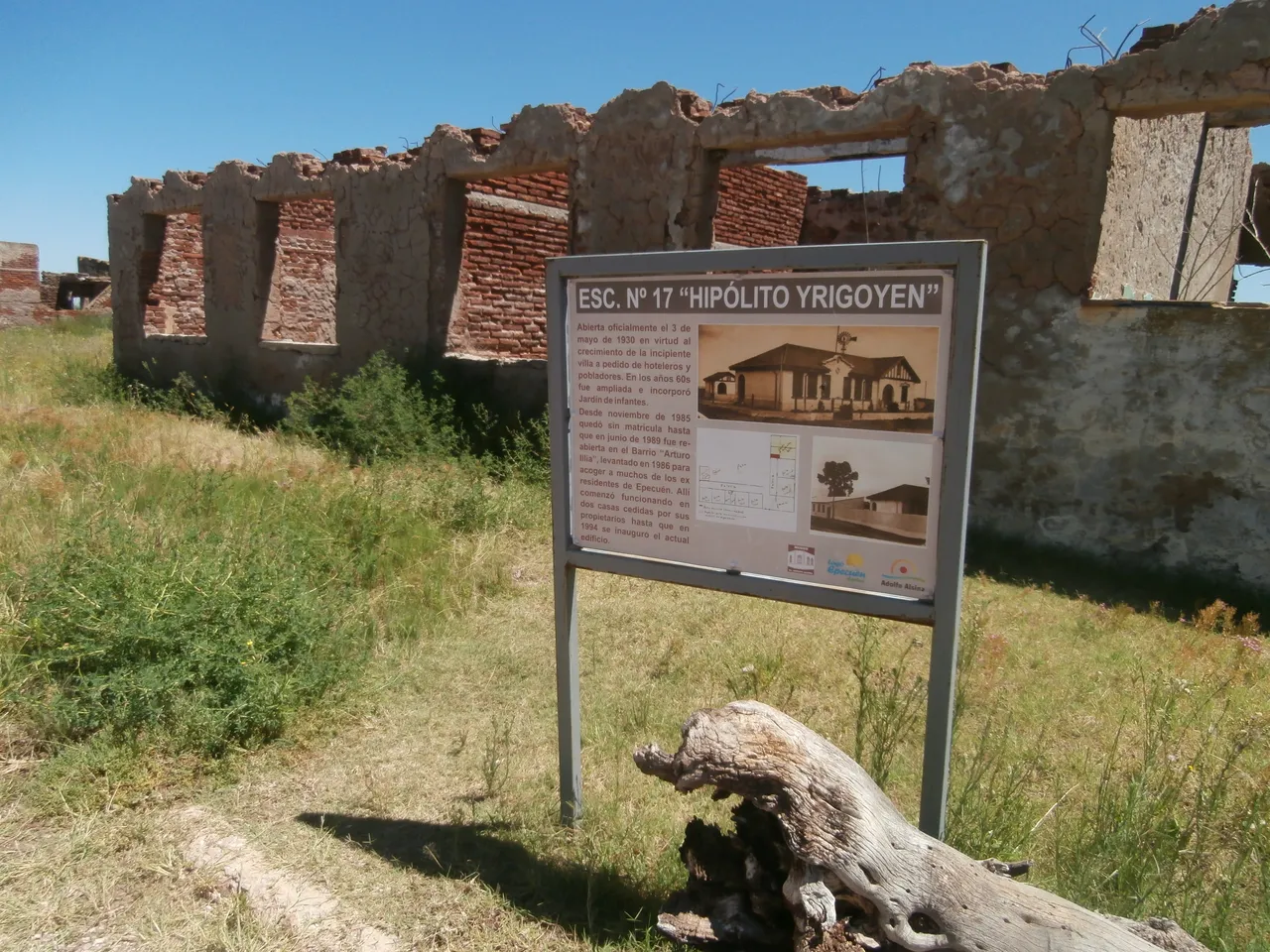
Las personas que habitaban en las partes más elevadas del pueblo volvieron a sus hogares en la esperanza de poder recomenzar. Pero el agua seguía avanzando, lenta e inexorablemente. Hasta que también para ellos llegó la hora del éxodo.
En menos de un mes Villa Epecuén se transformó de centro turístico, floreciente y lleno de vida en un lugar devastado, en un pueblo fantasma.
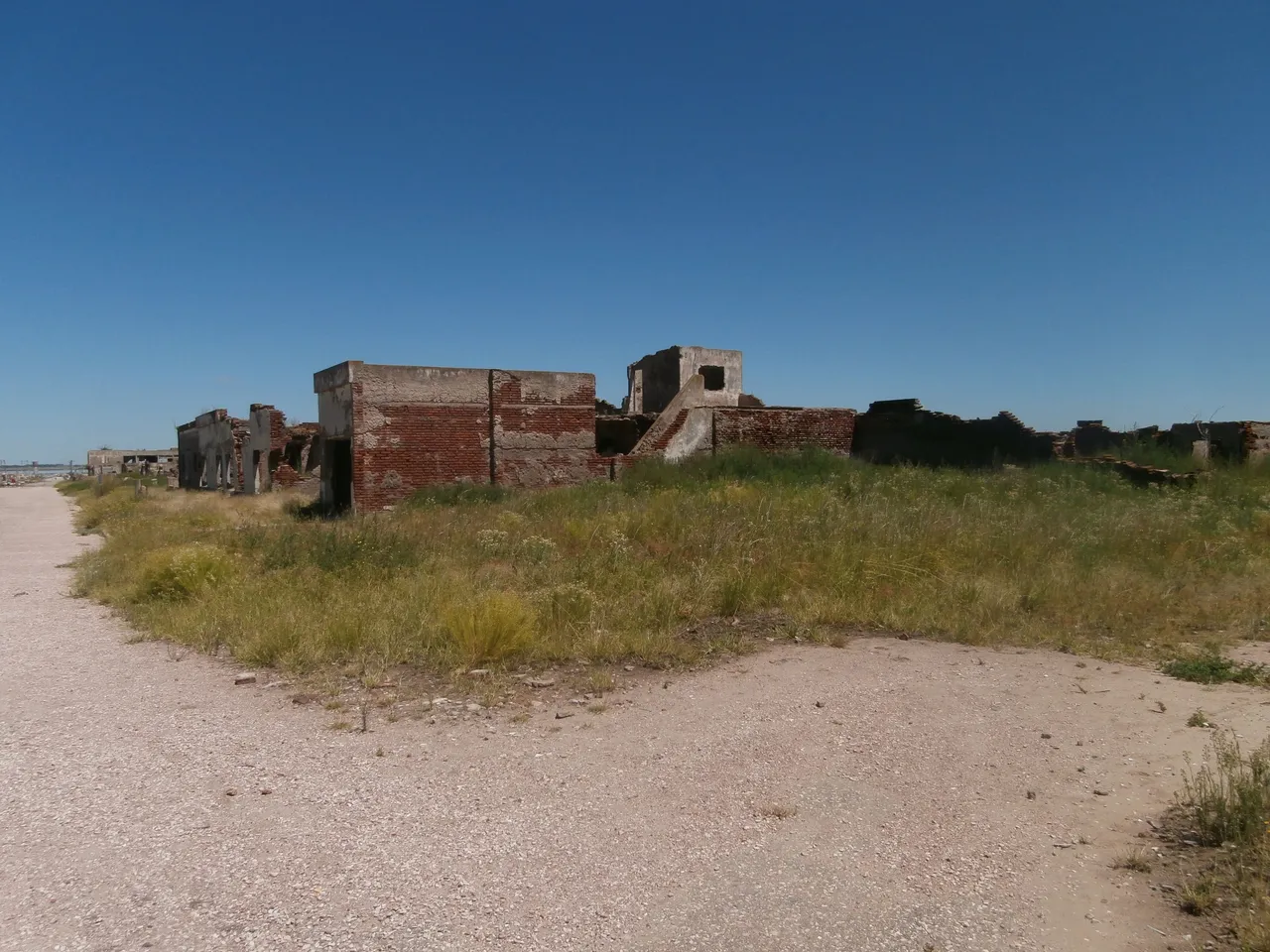
Los años gloriosos de Villa Epecuén habían quedado, luego de unos meses, sumergidos bajo siete metros de agua.
Veinte años después de ese trágico 1985, el agua comenzó paulatinamente a bajar y los ex-vecinos que se habían radicado en Carhué y otros pueblos vecinos quisieron volver y se encontraron con un paisaje devastador, surrealista.
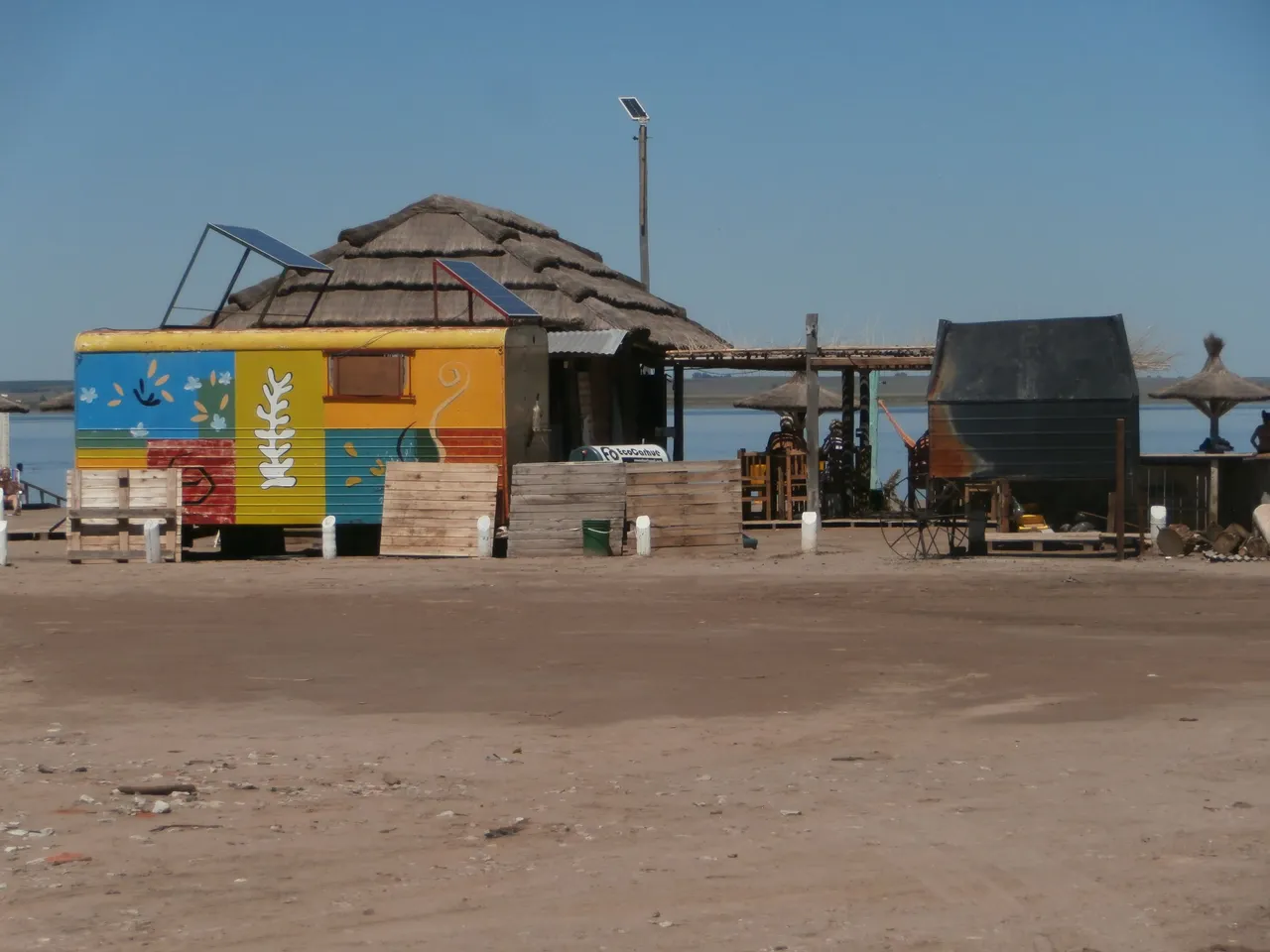
Sus ojos no se podían habituar a esa marea de recuerdos, de vestigios de un pasado esplendoroso y de proyectos que no pudieron ser.
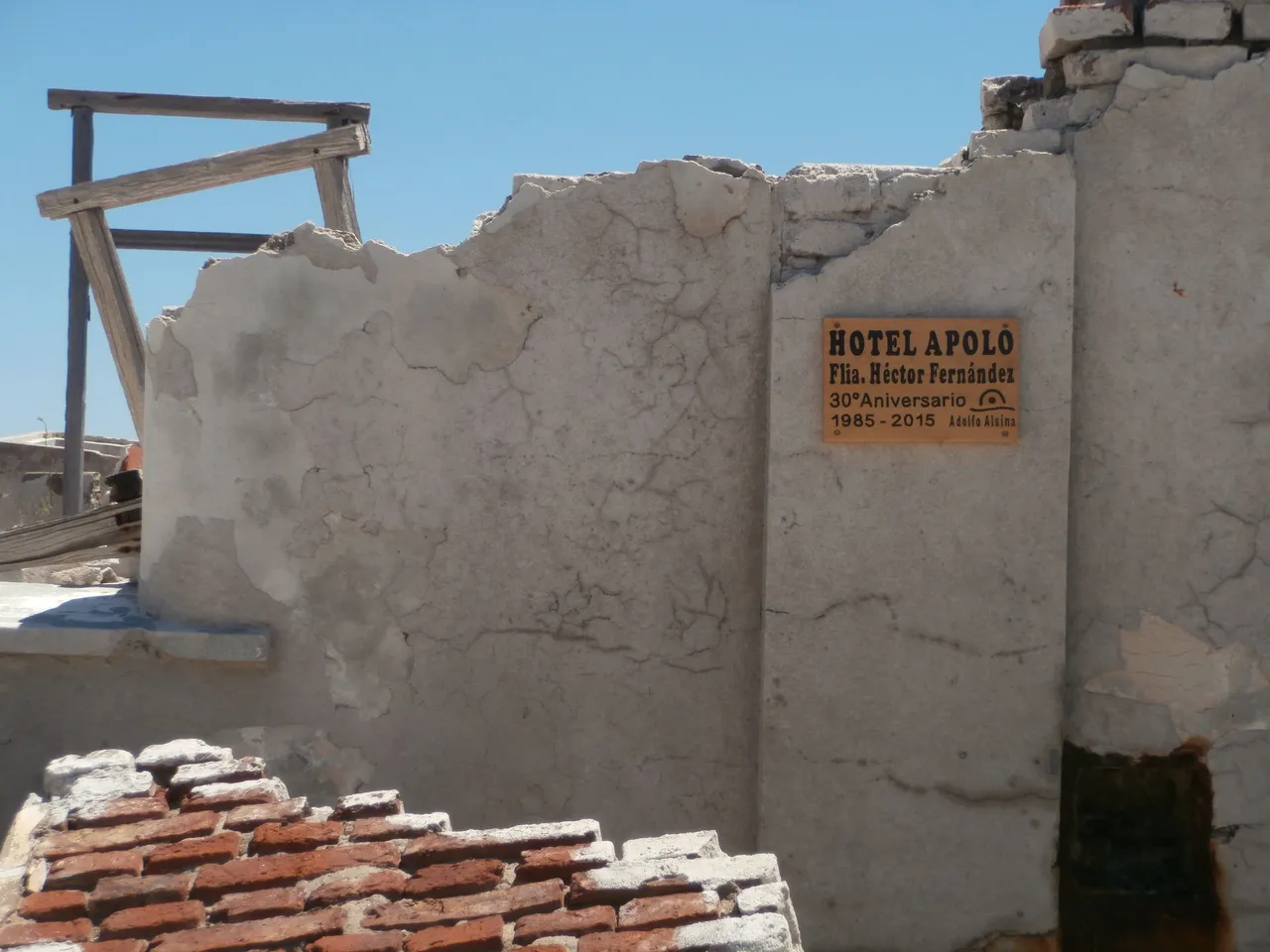 | 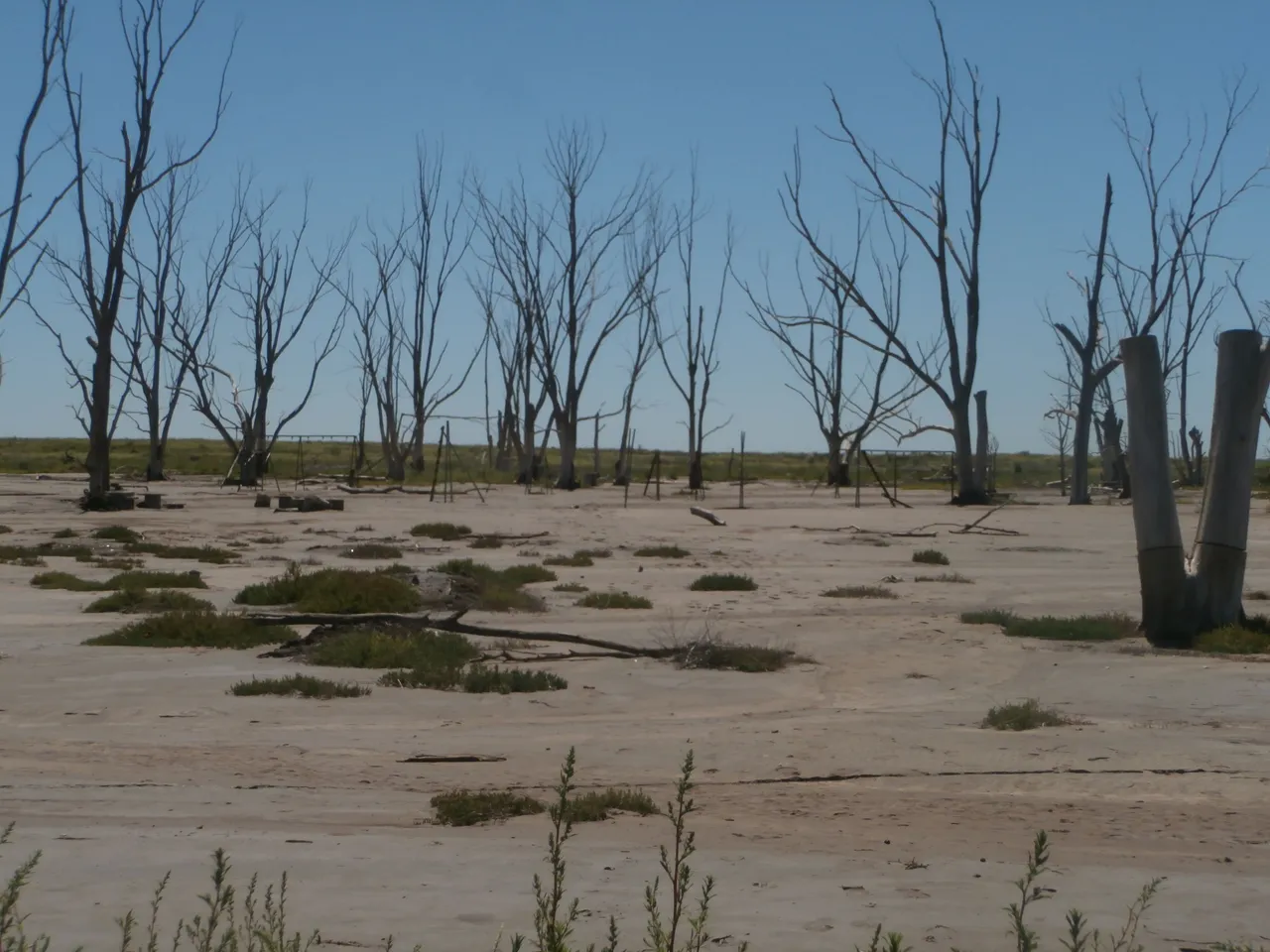 |
|---|---|
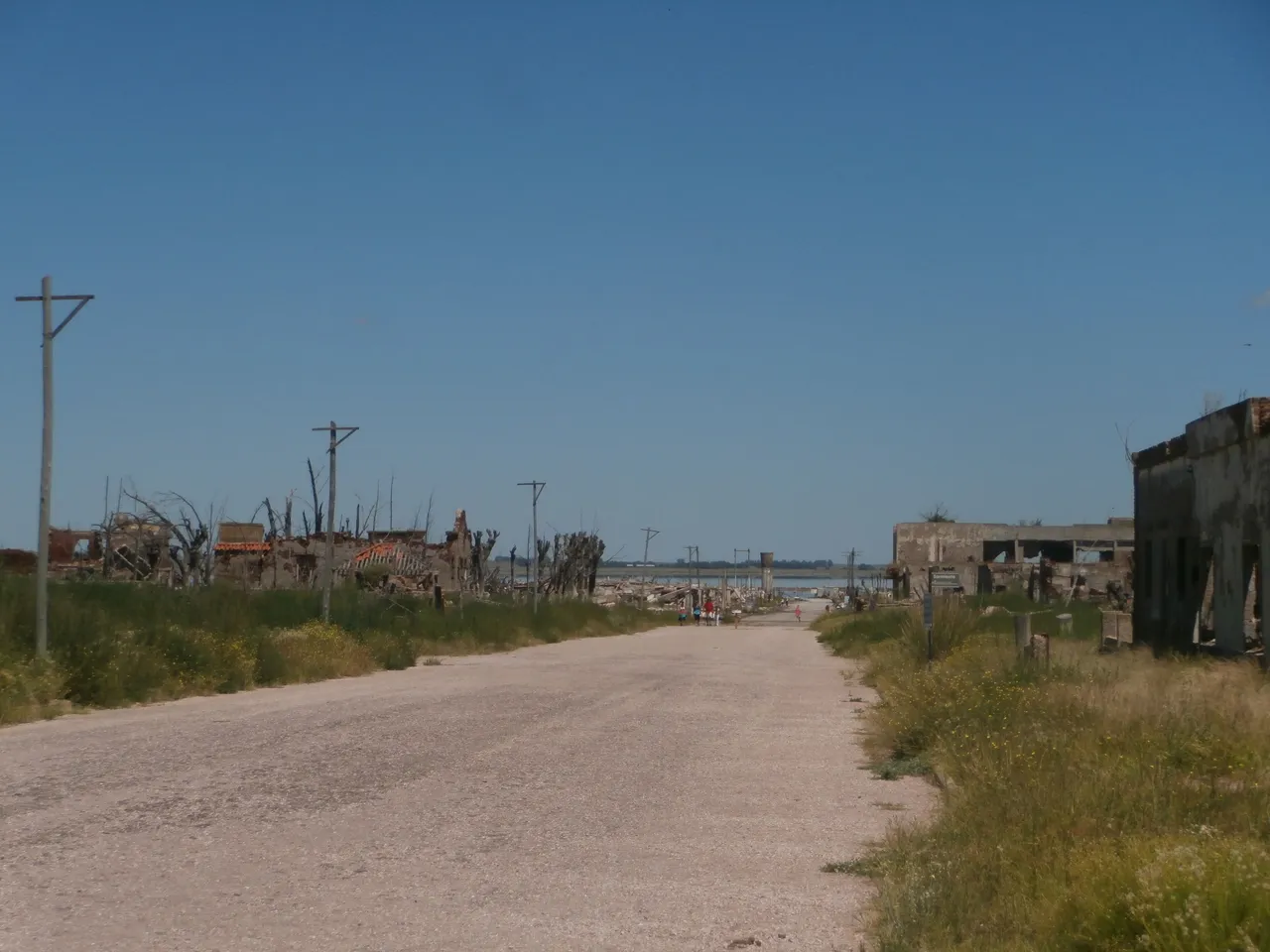 | 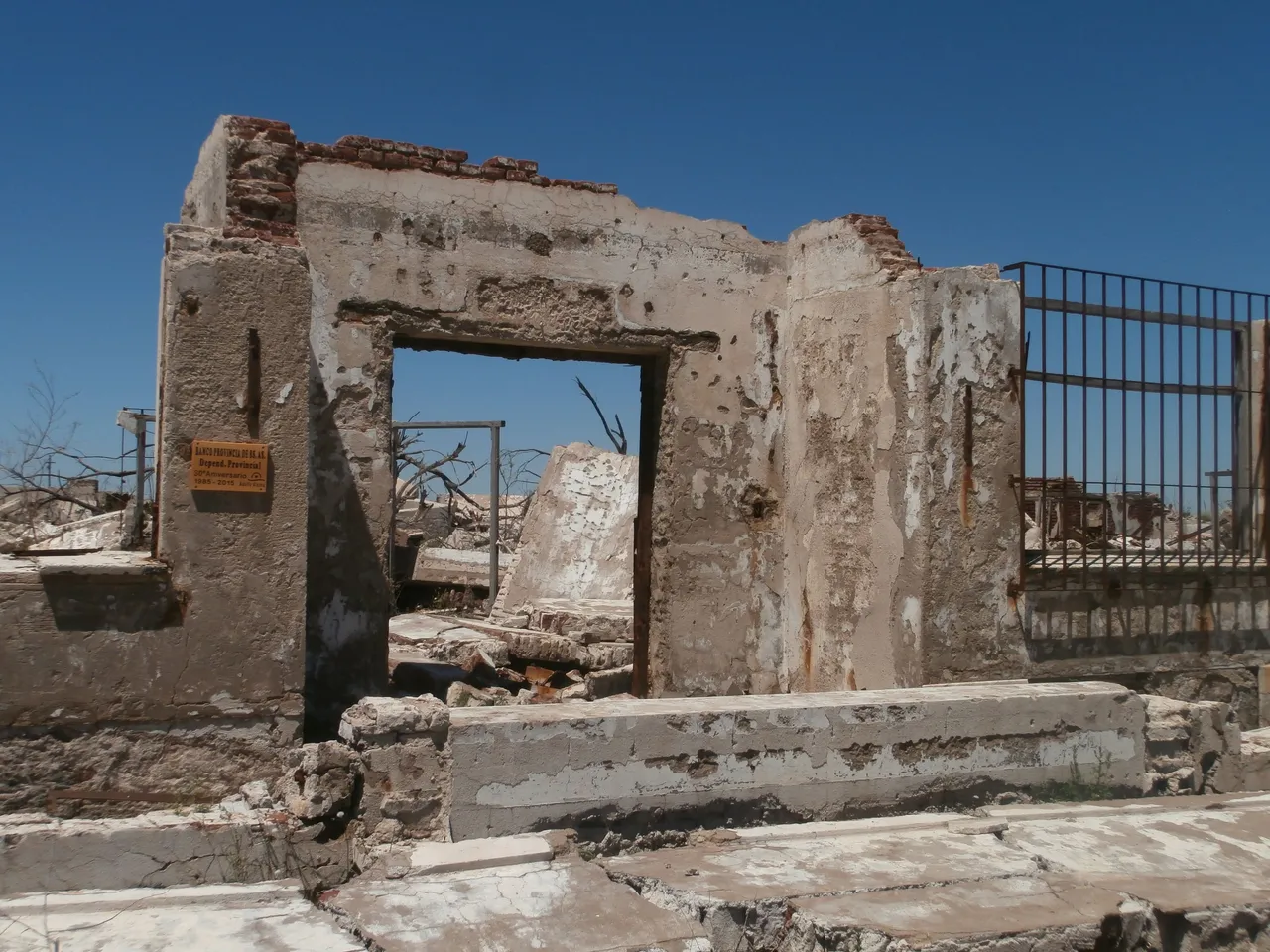 |
 | 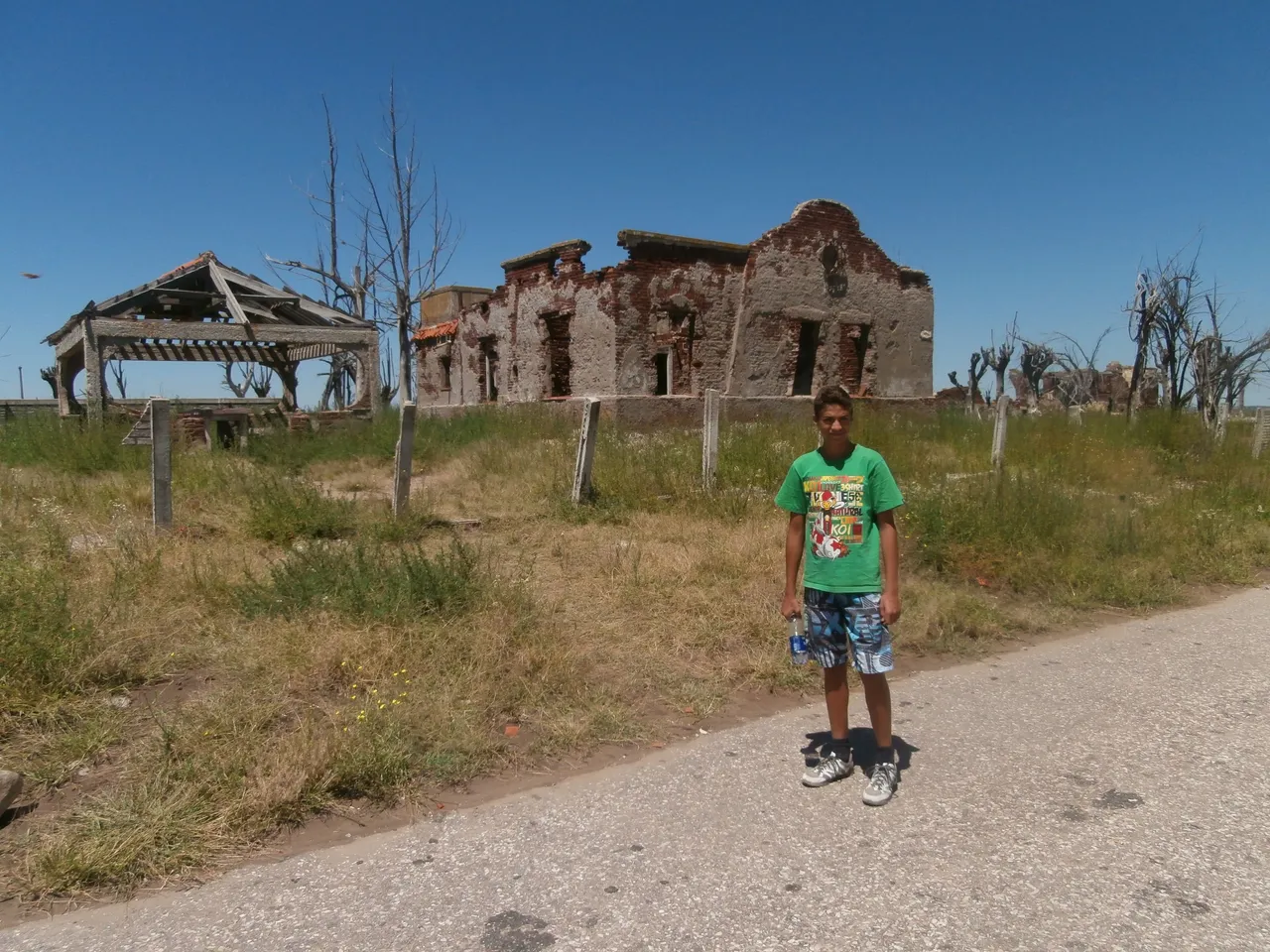 |

